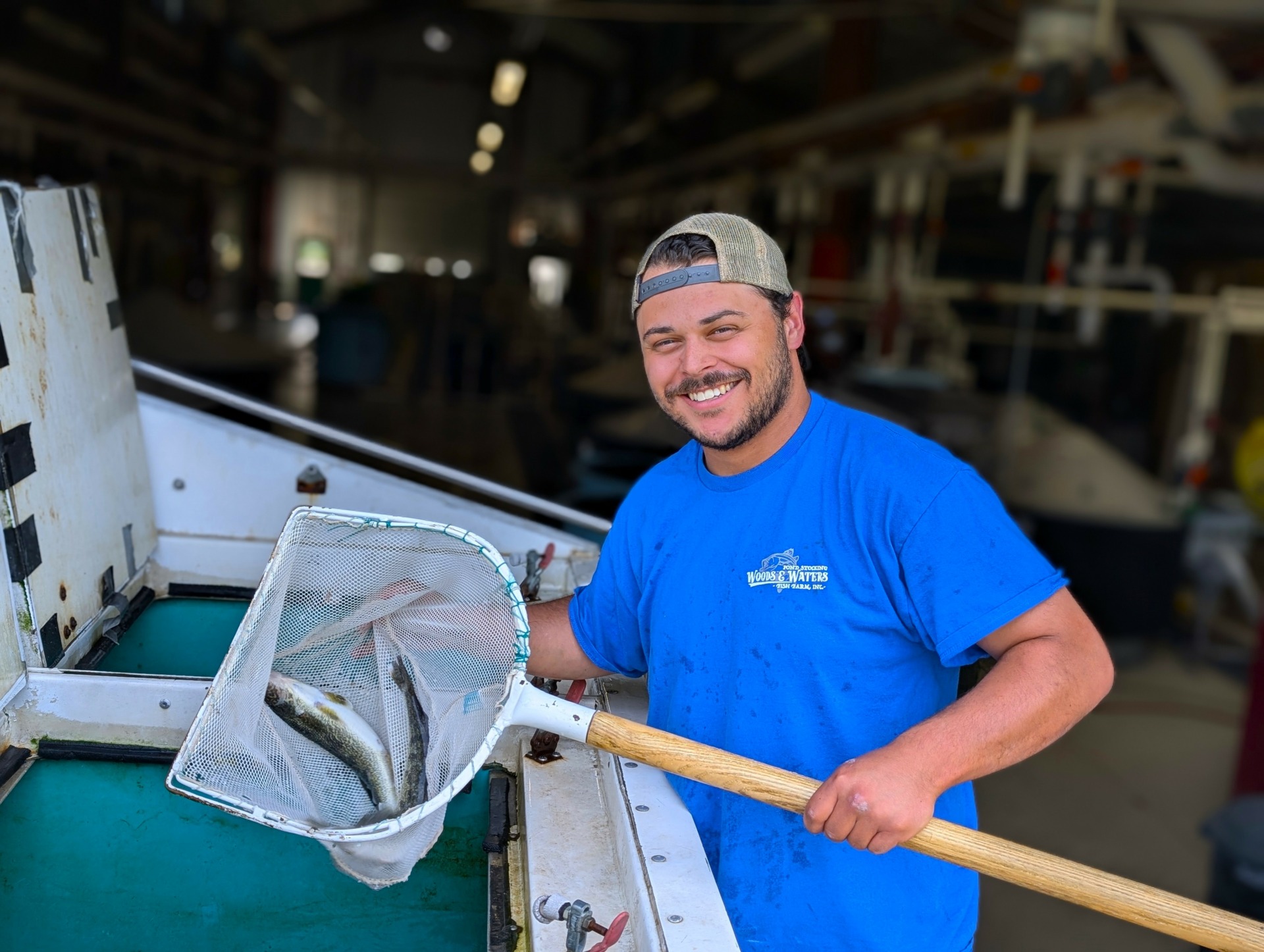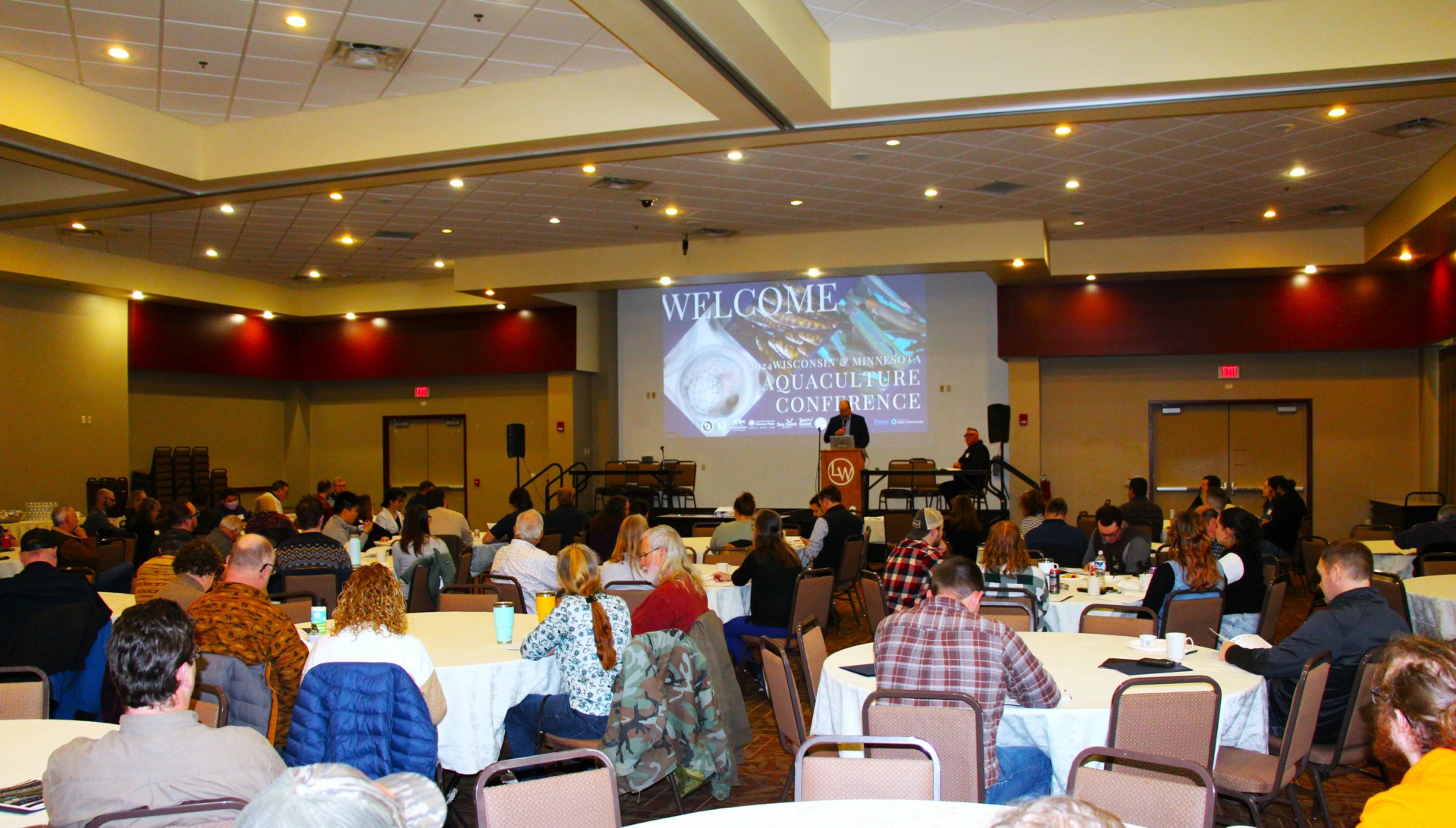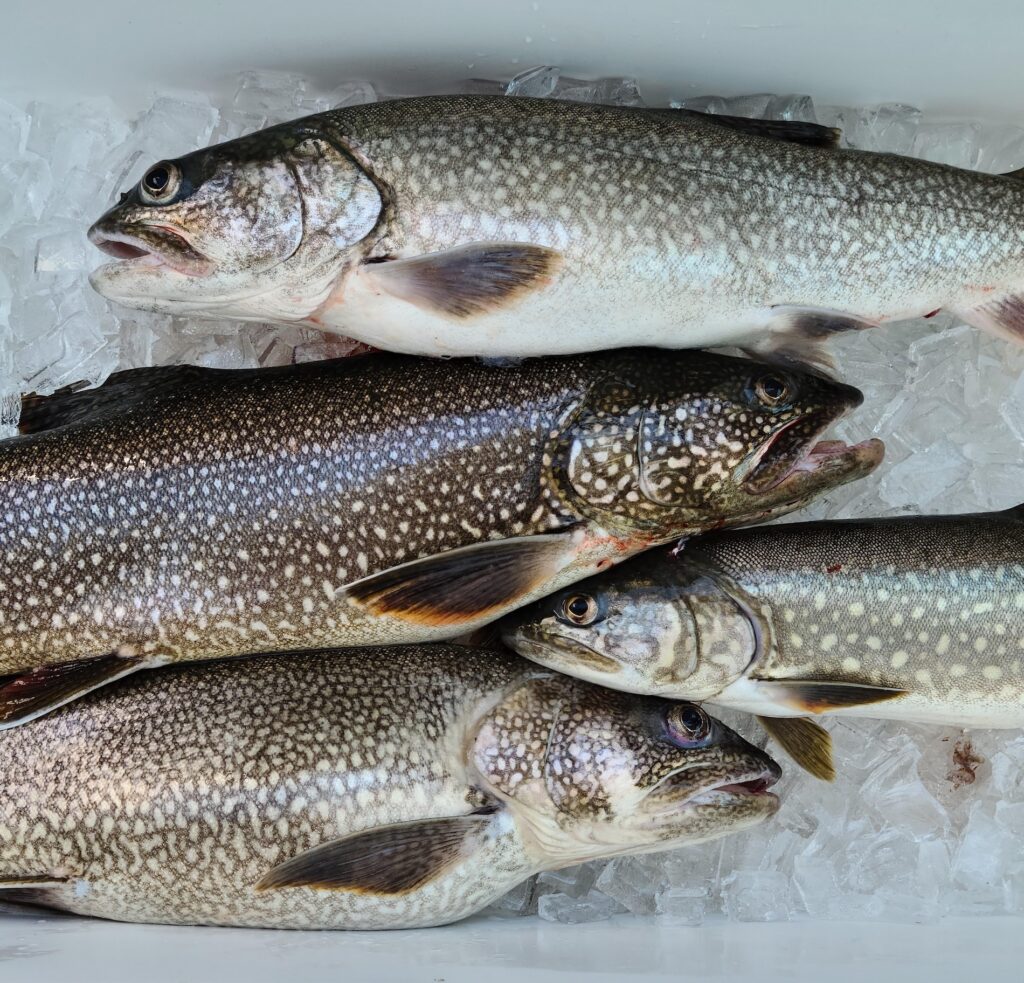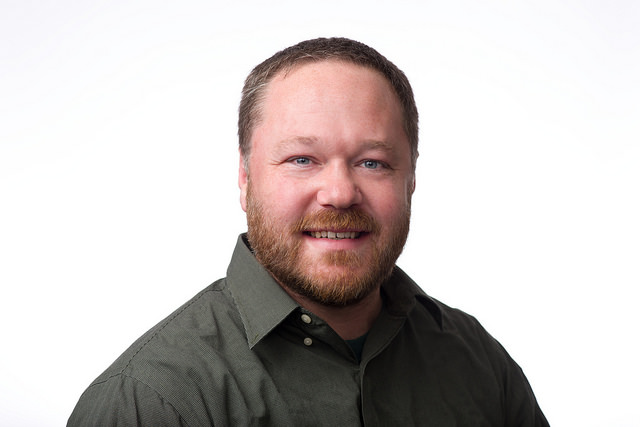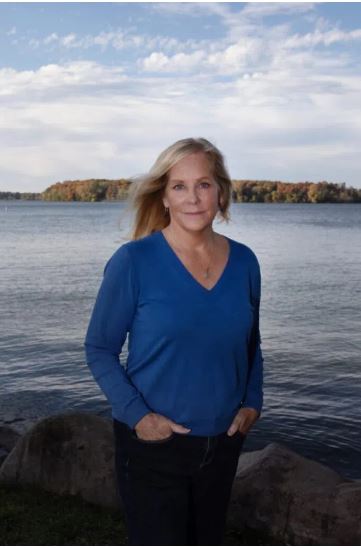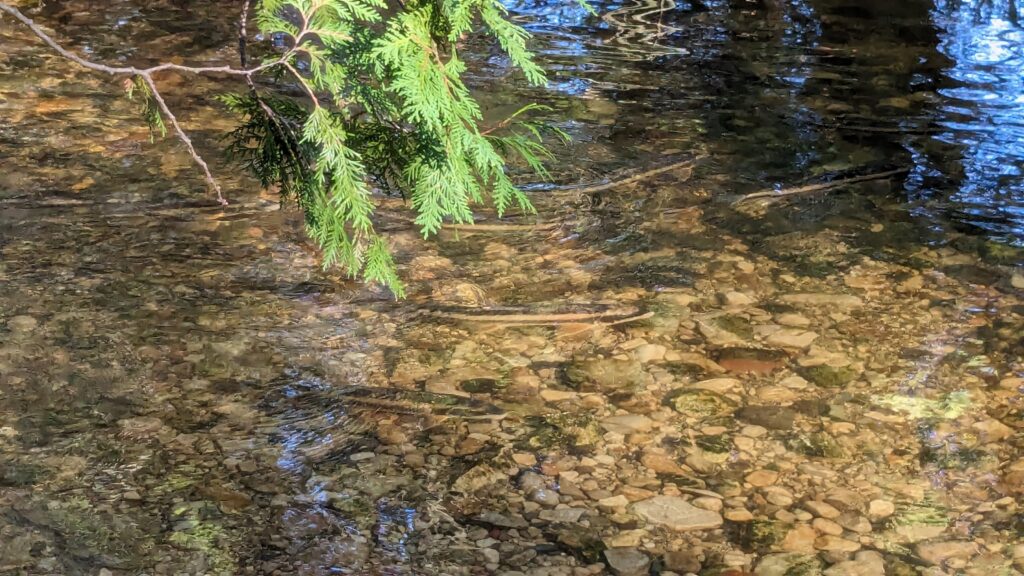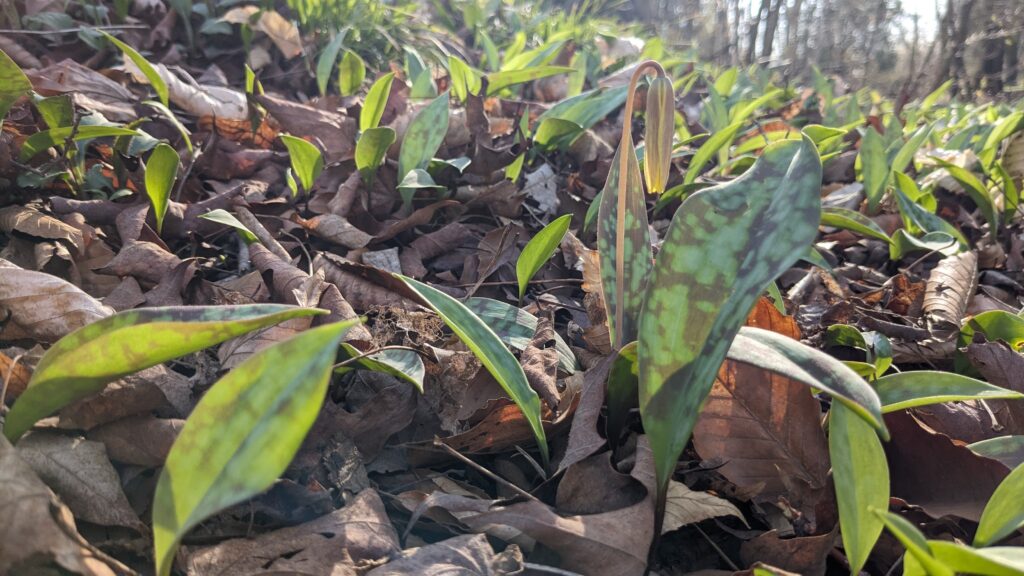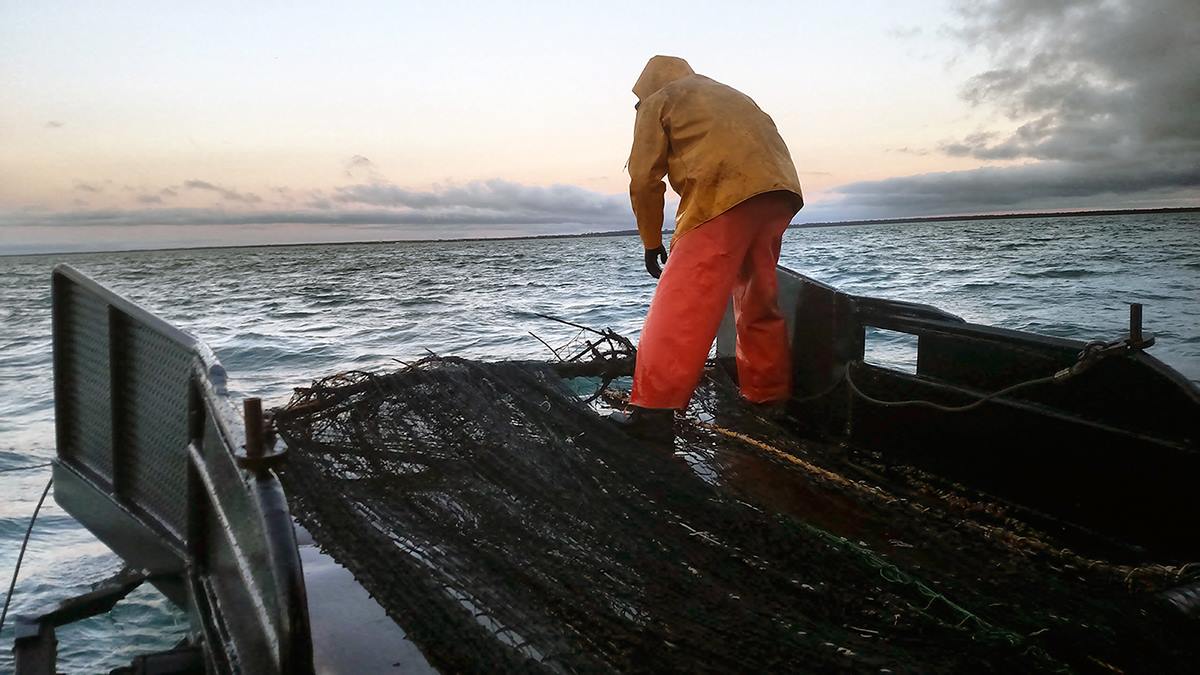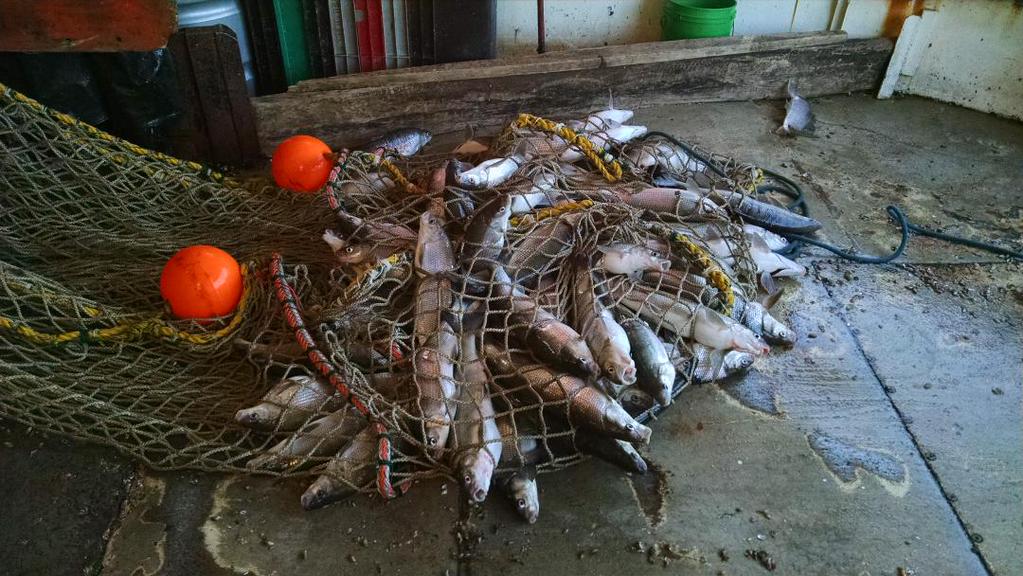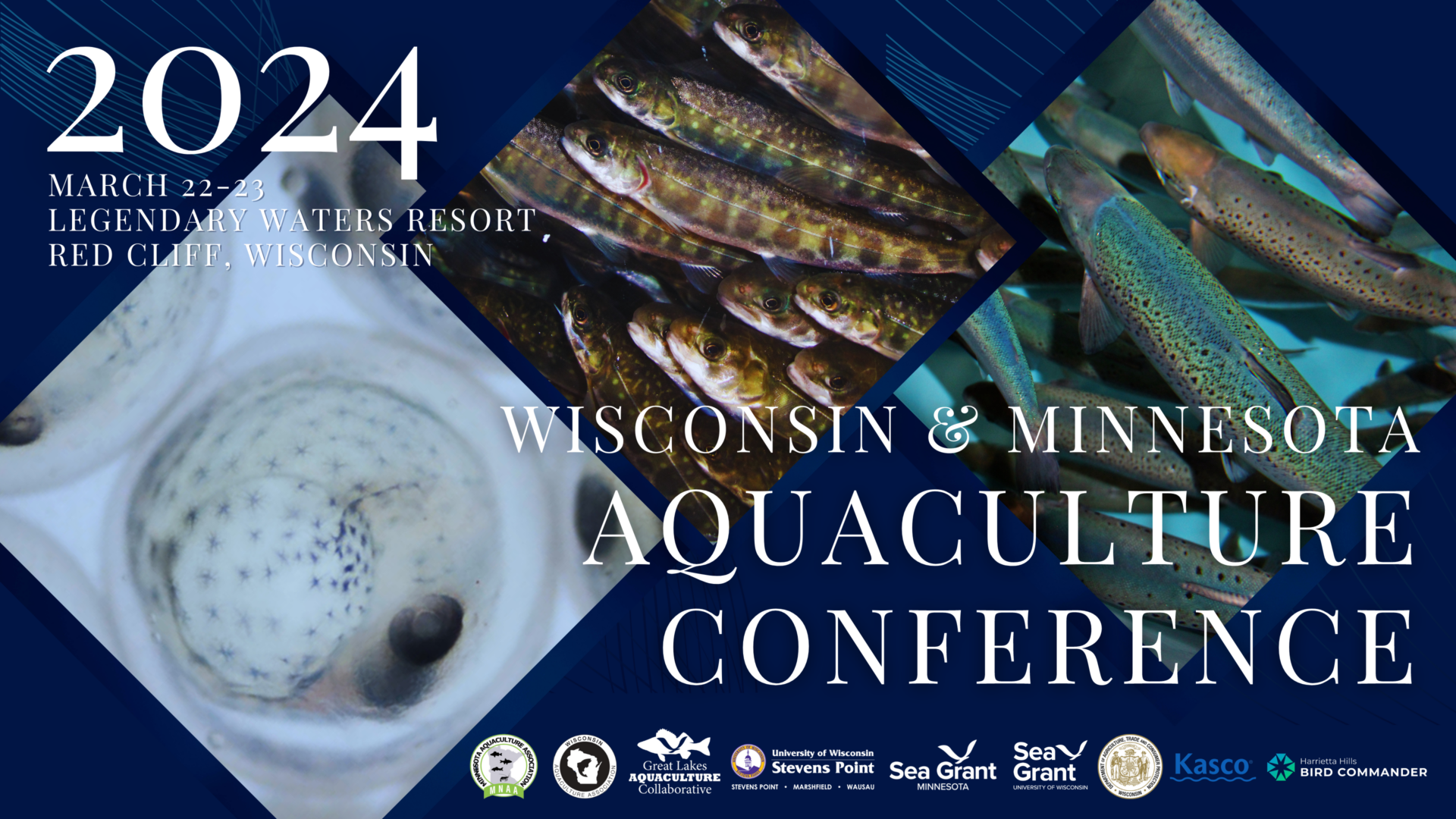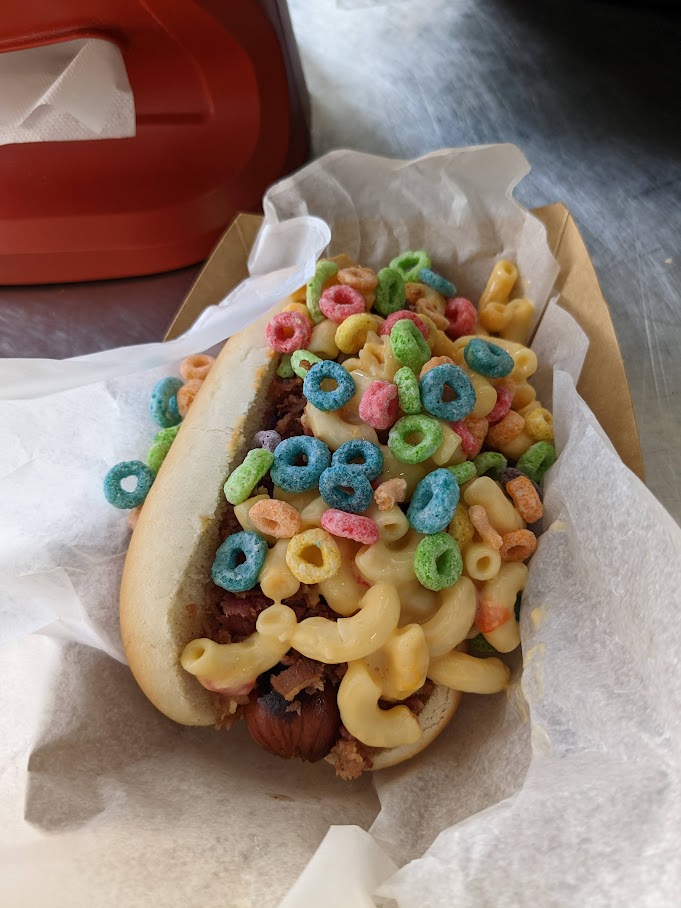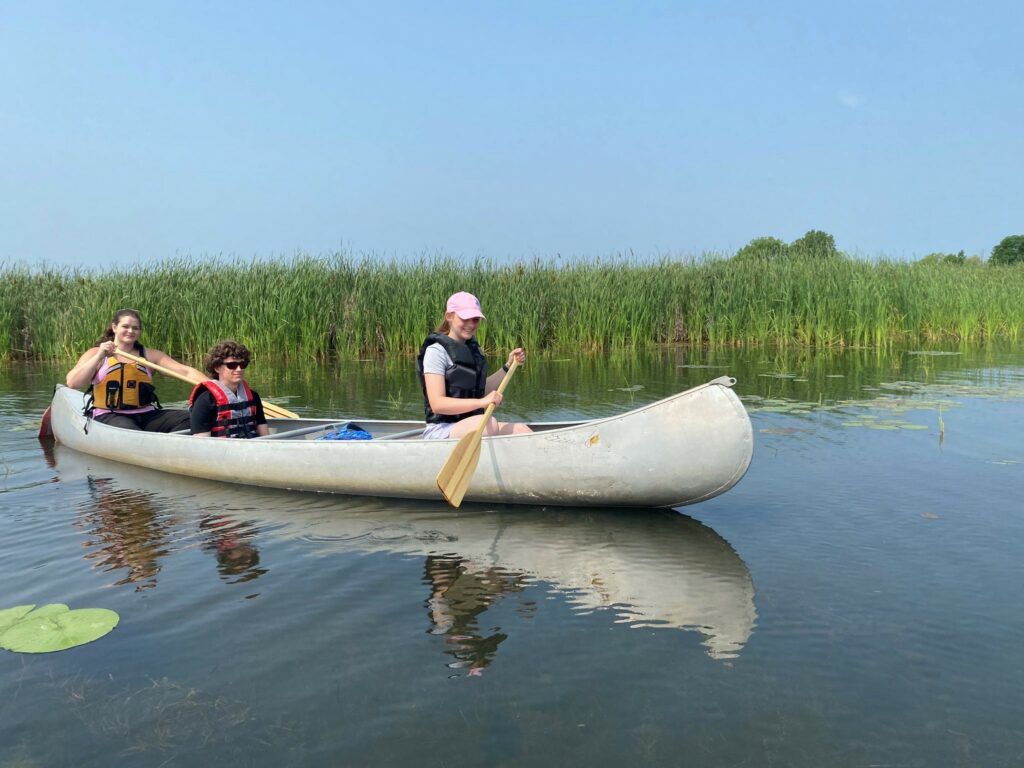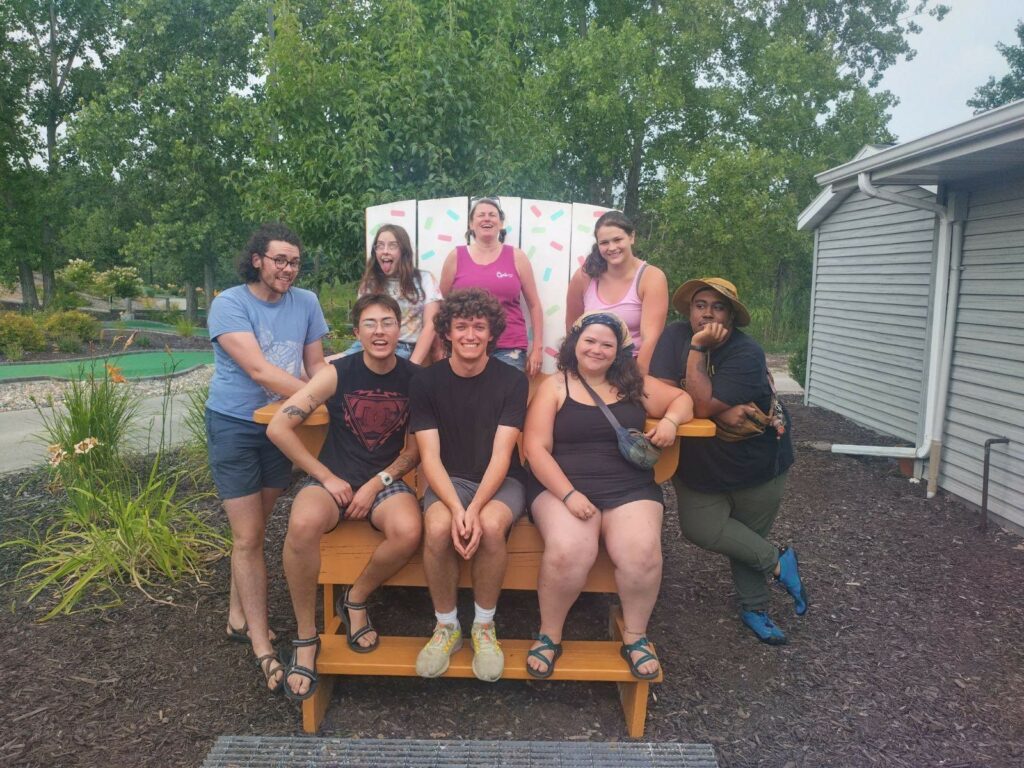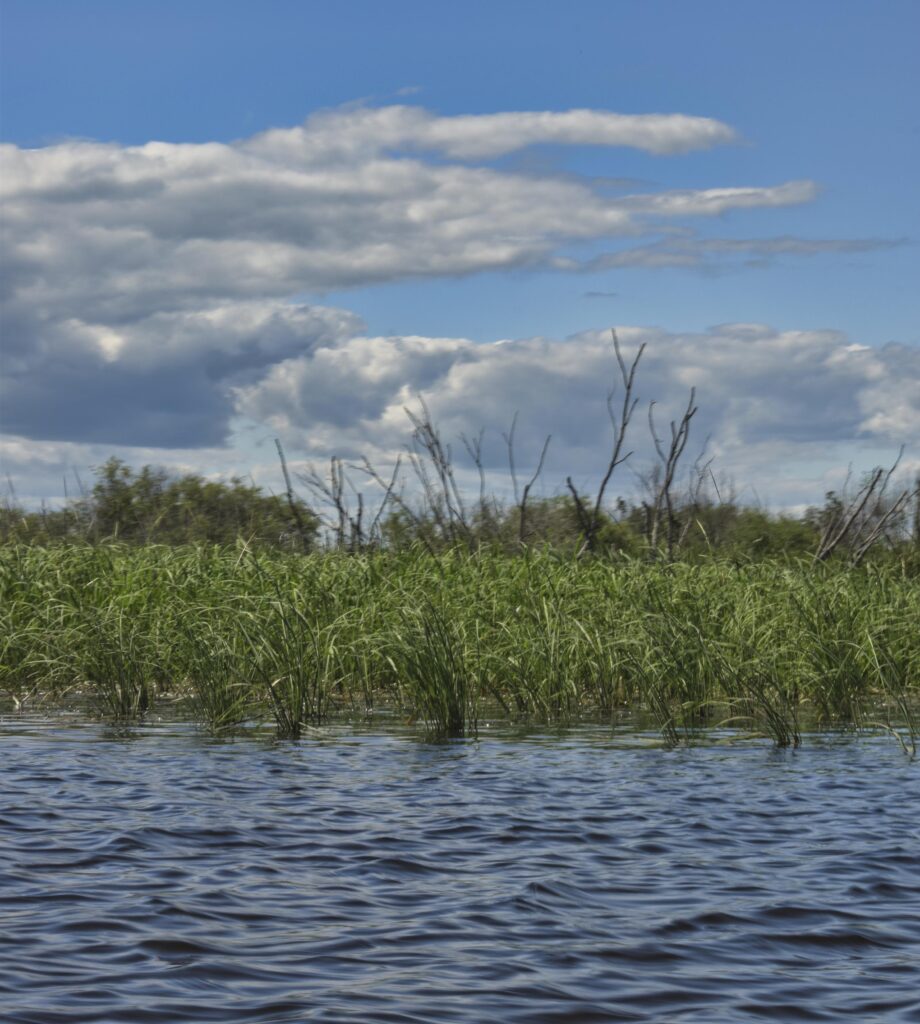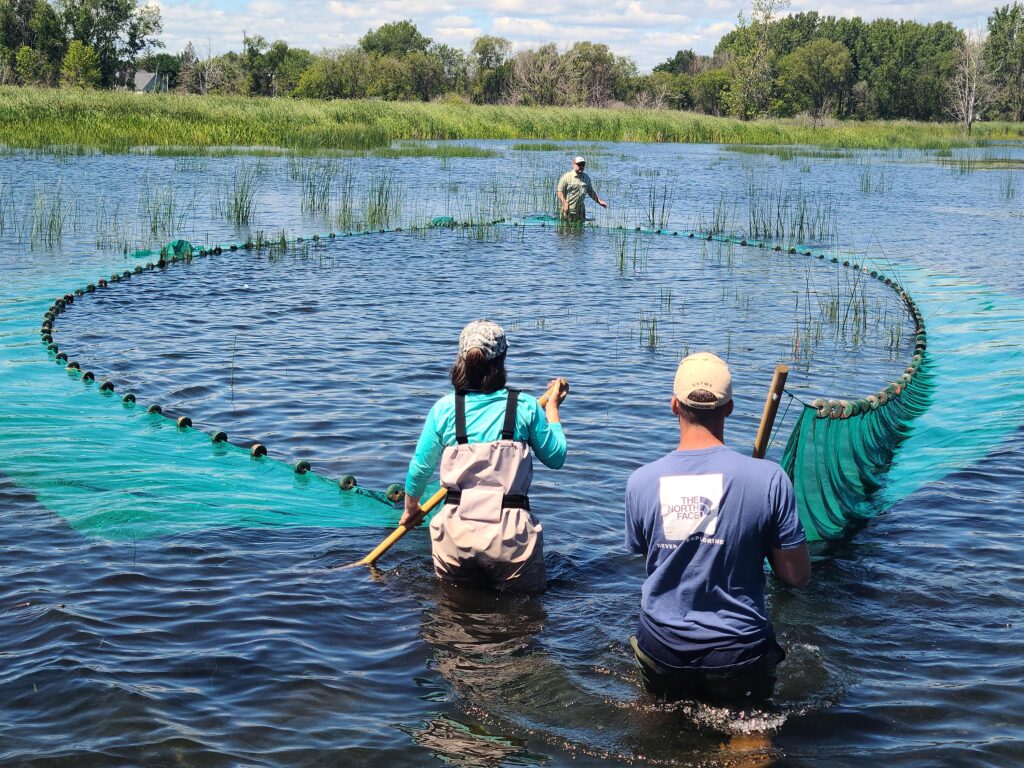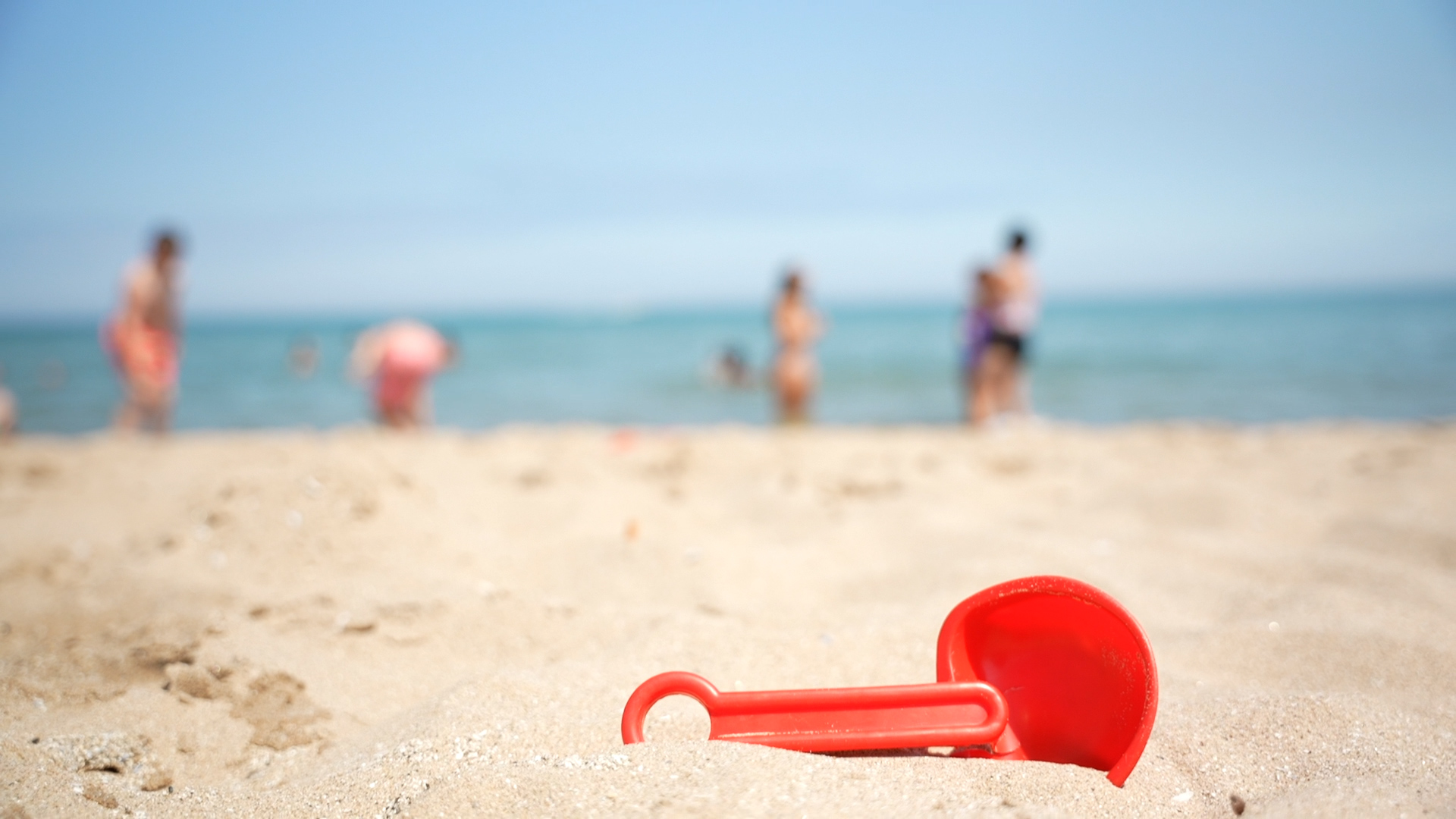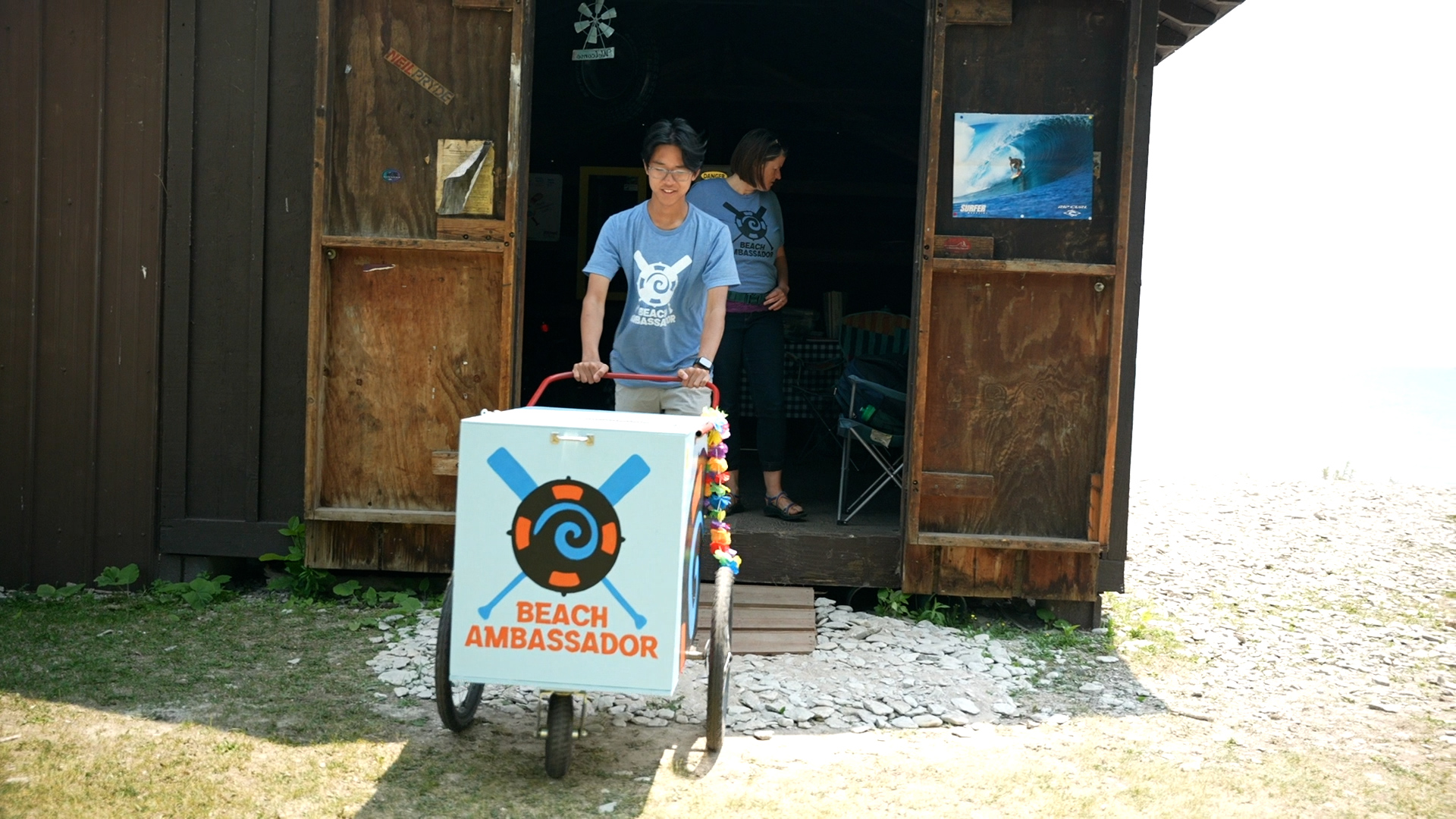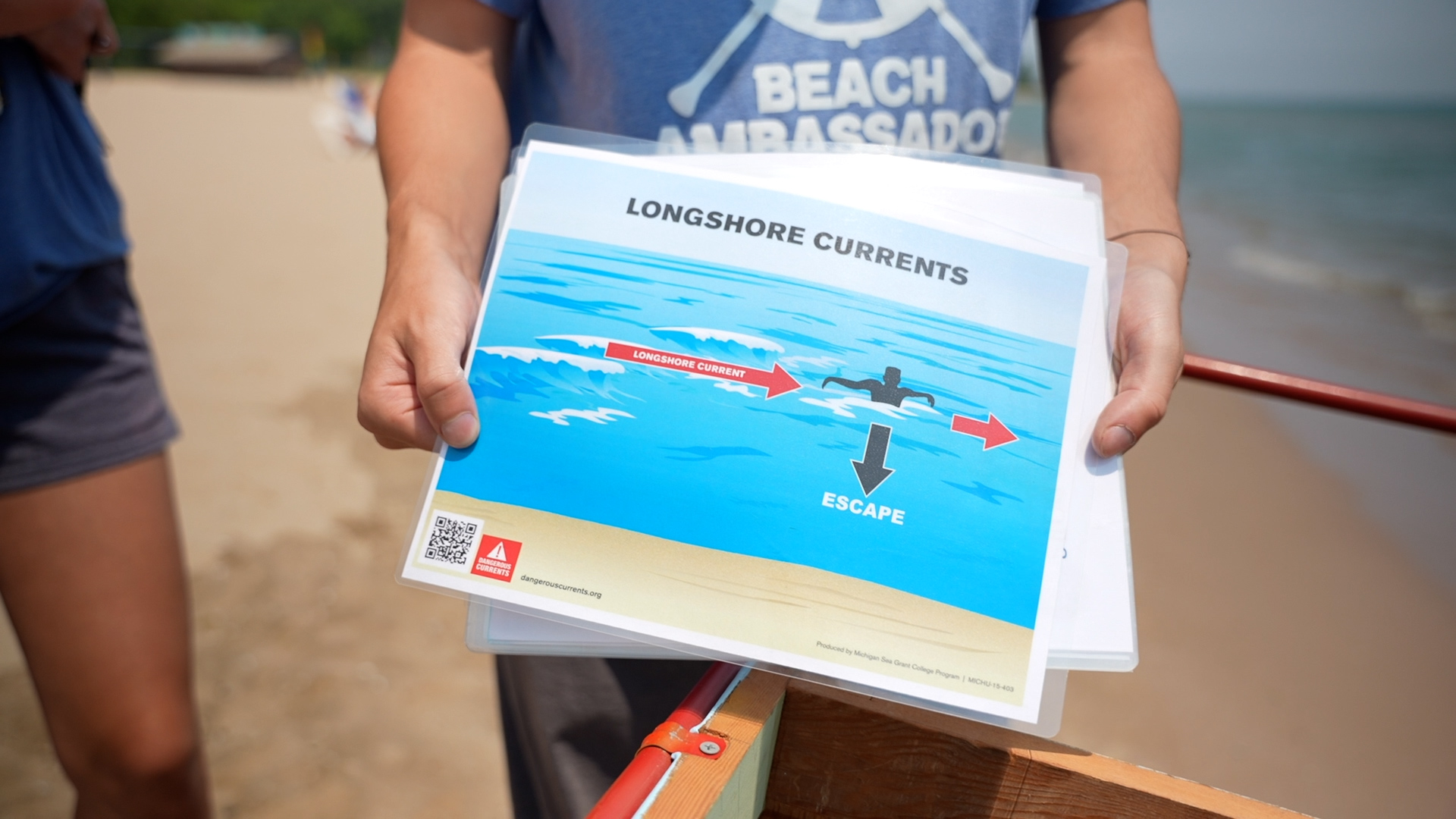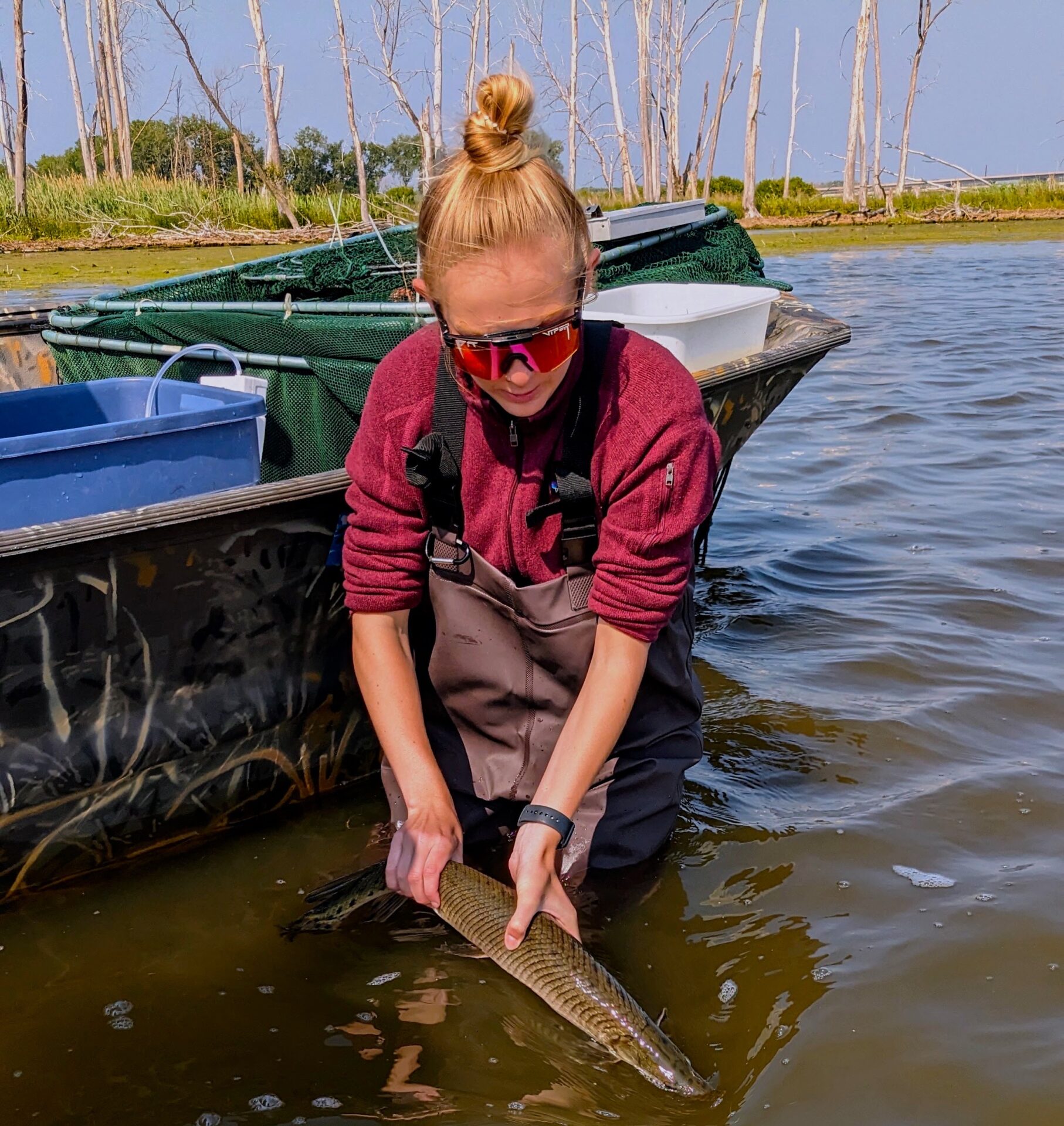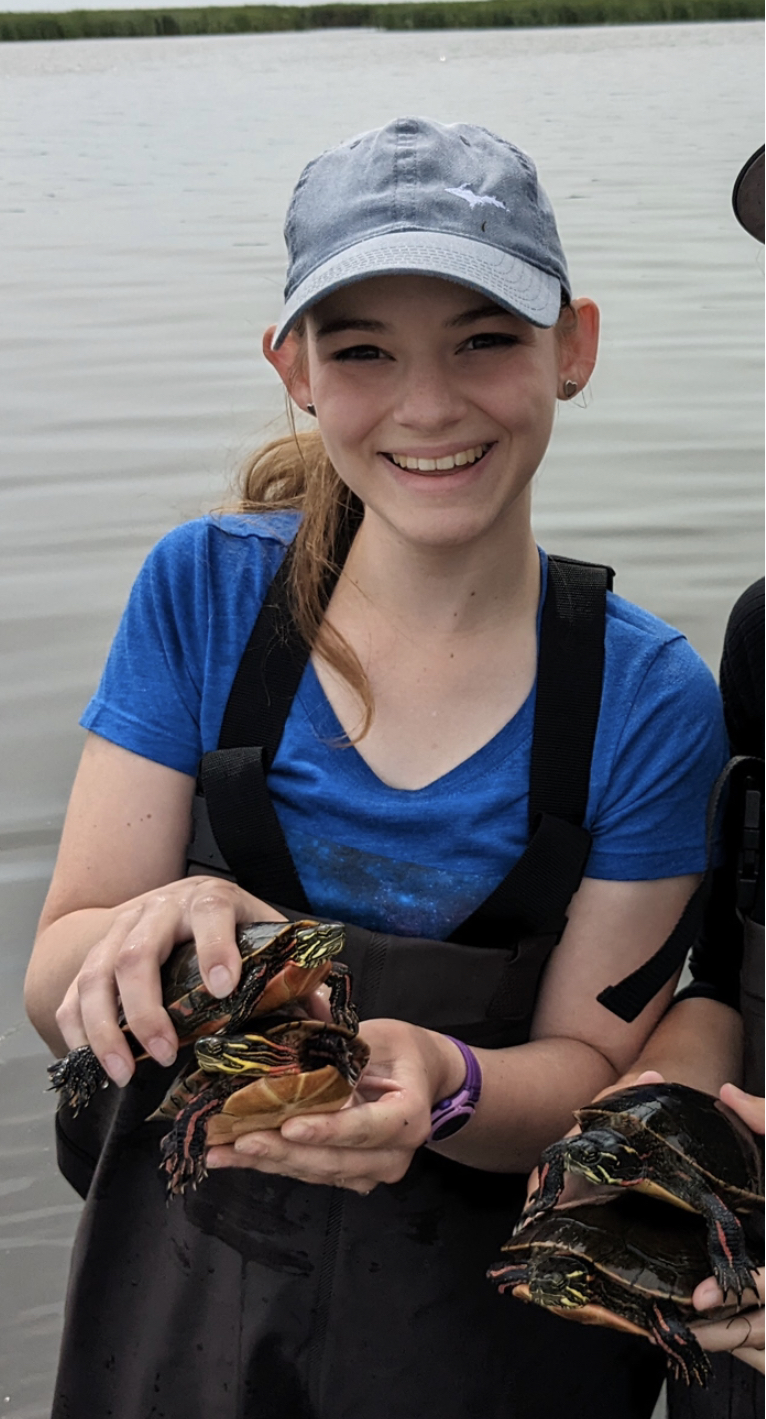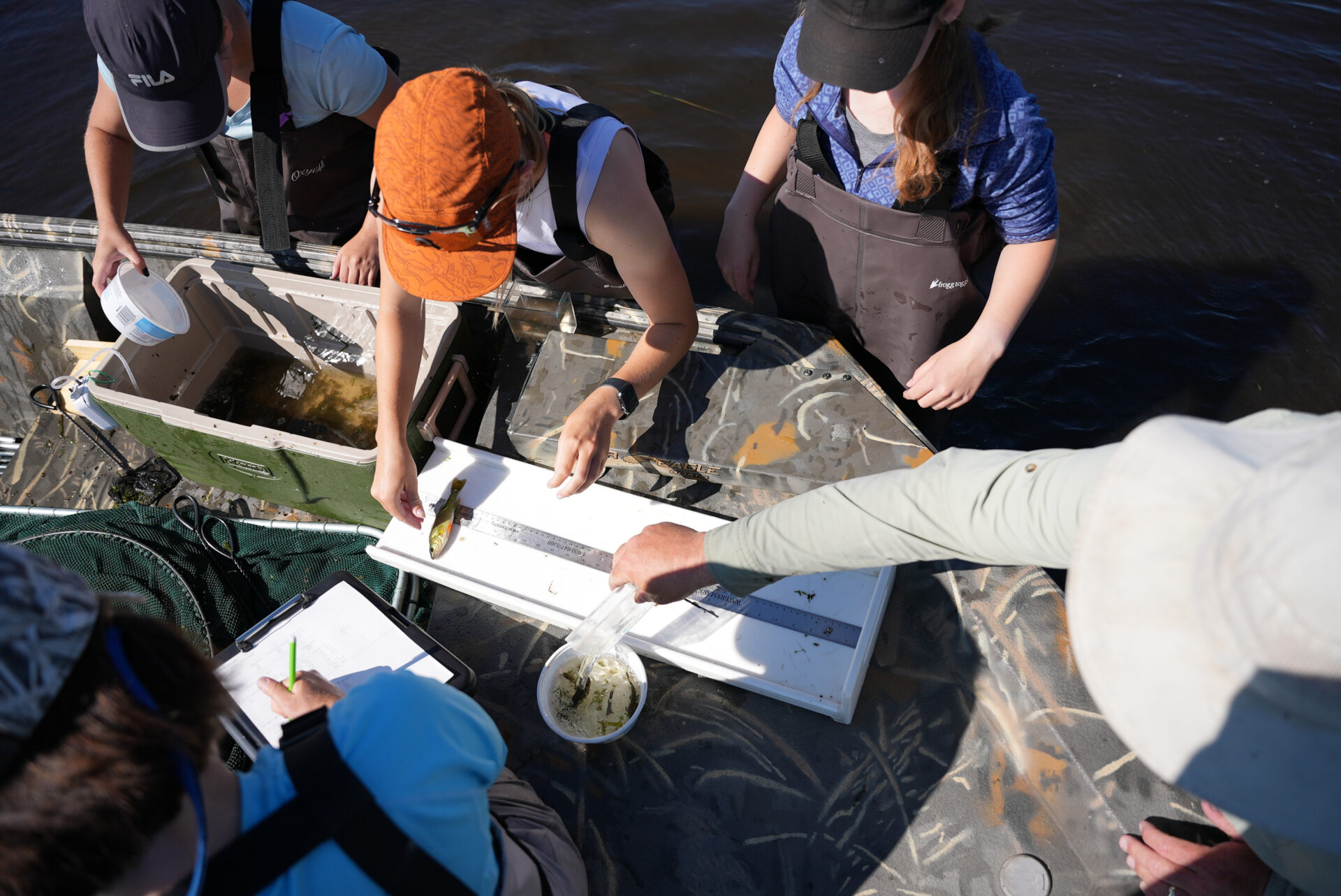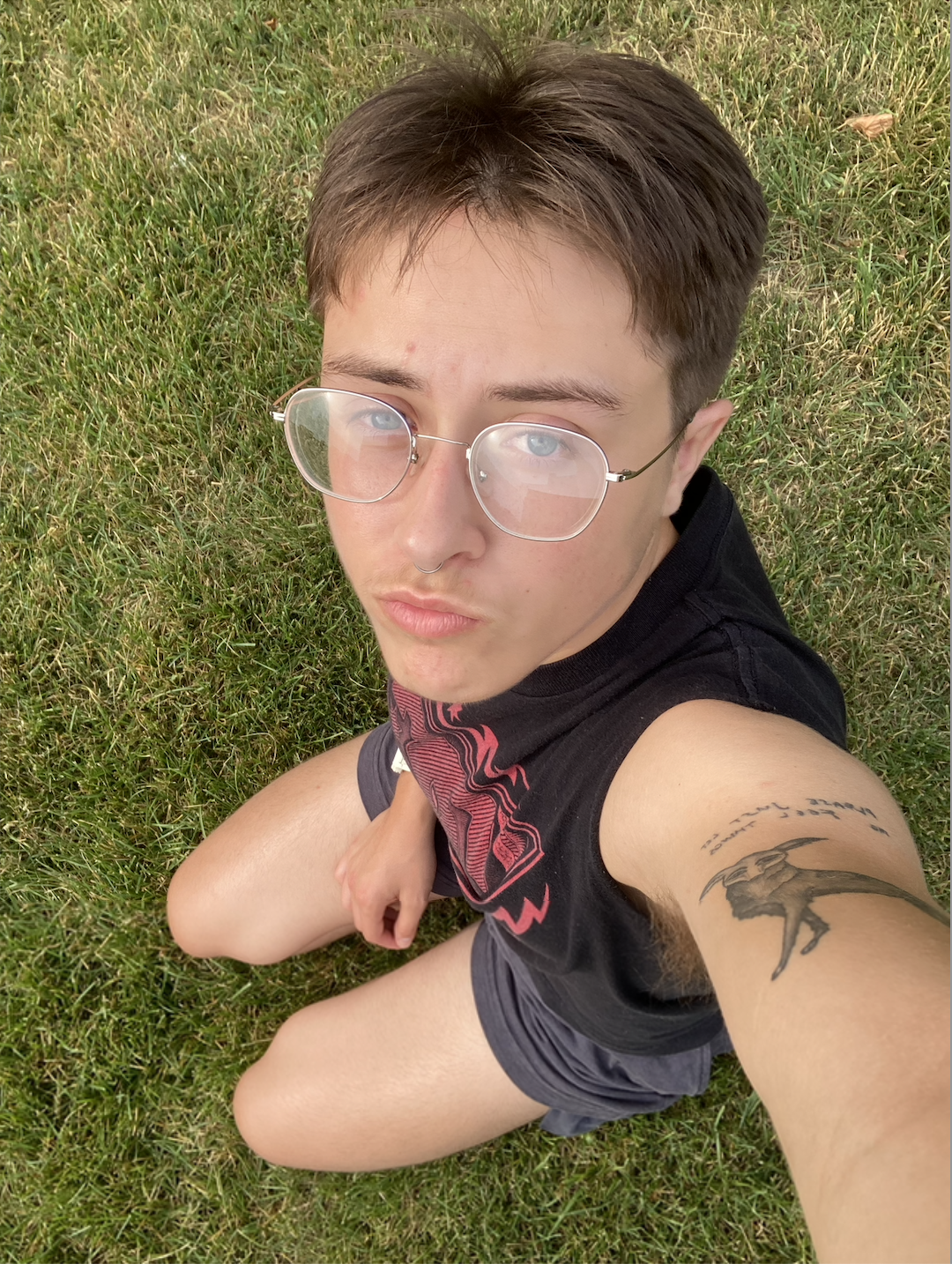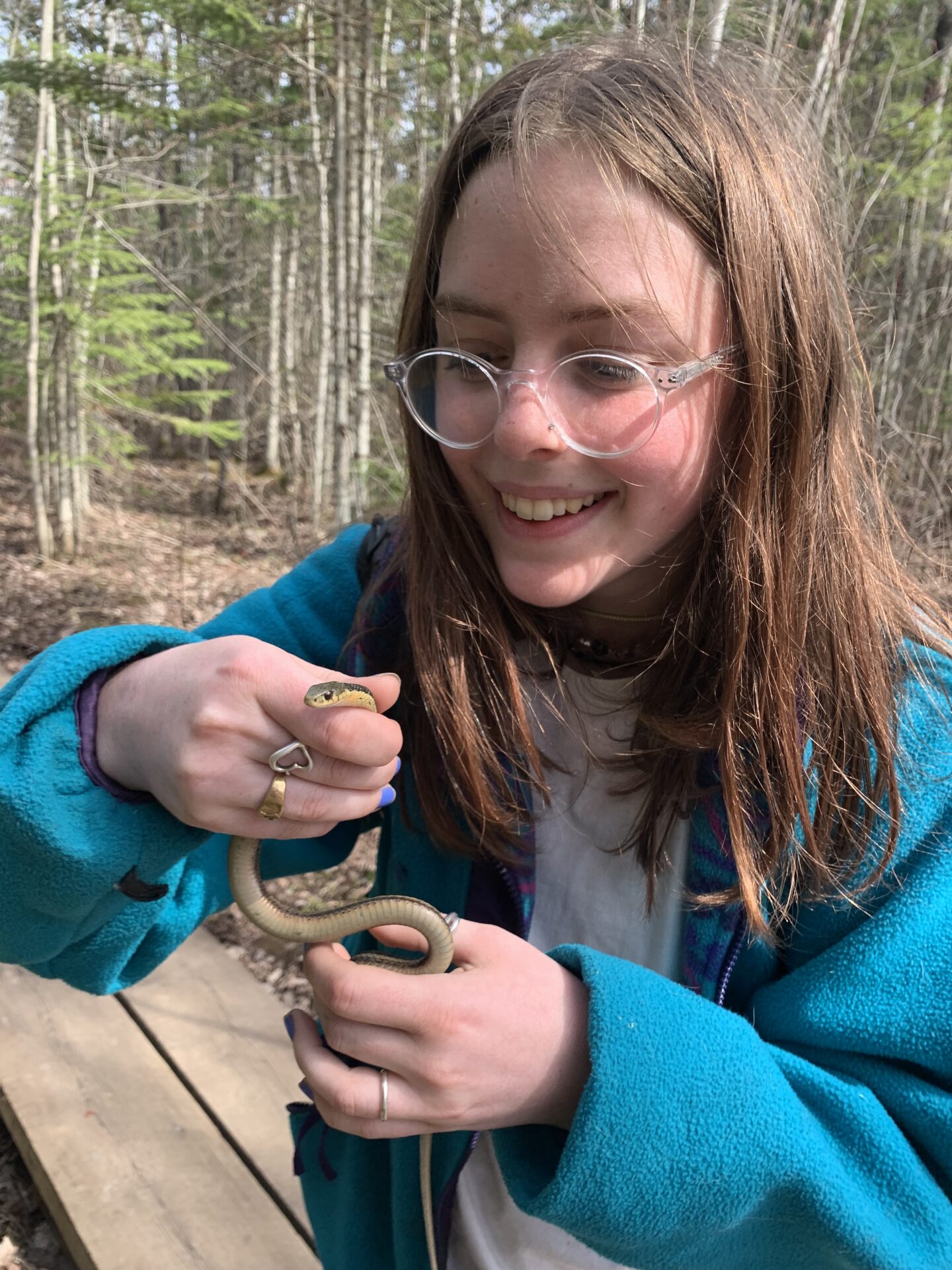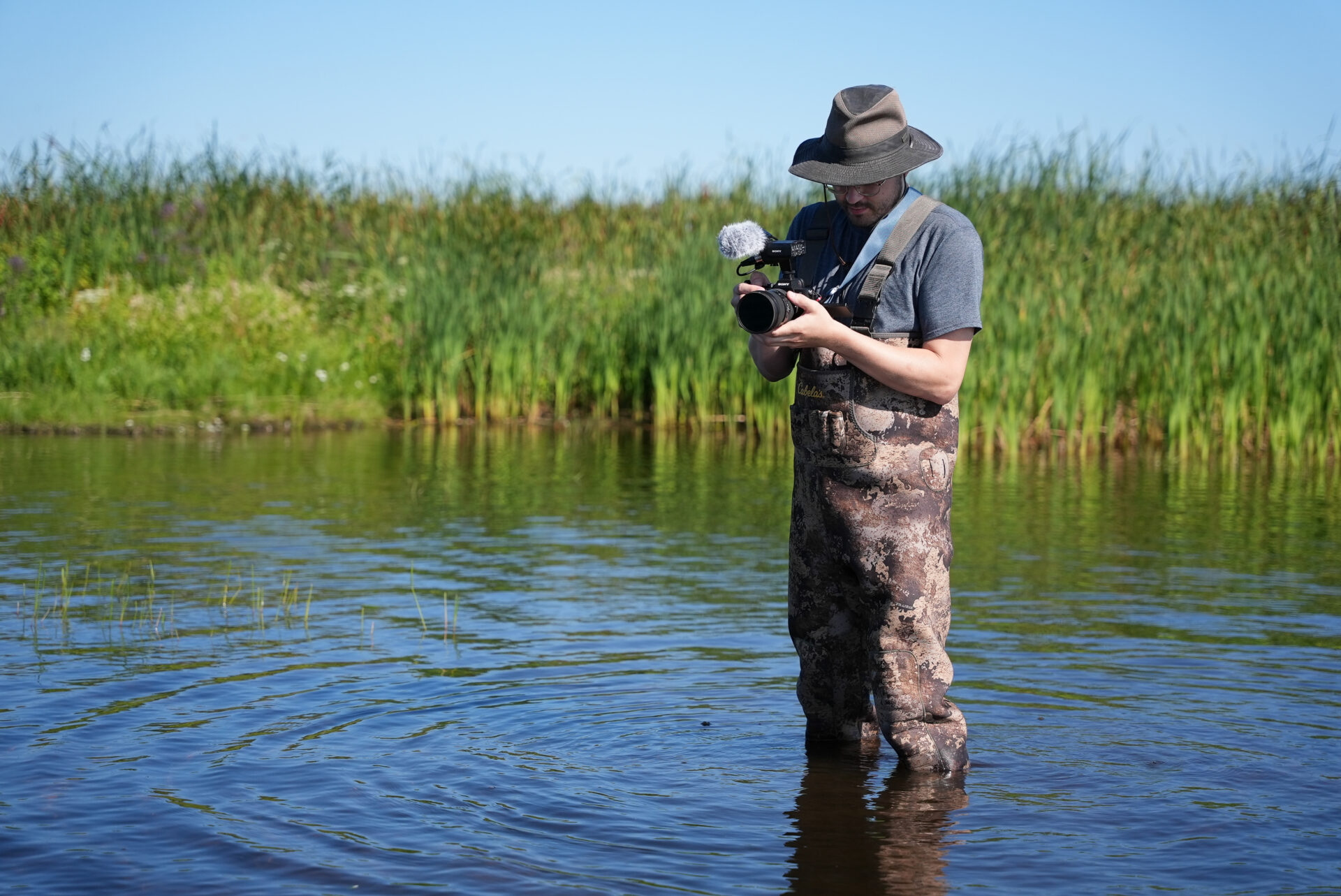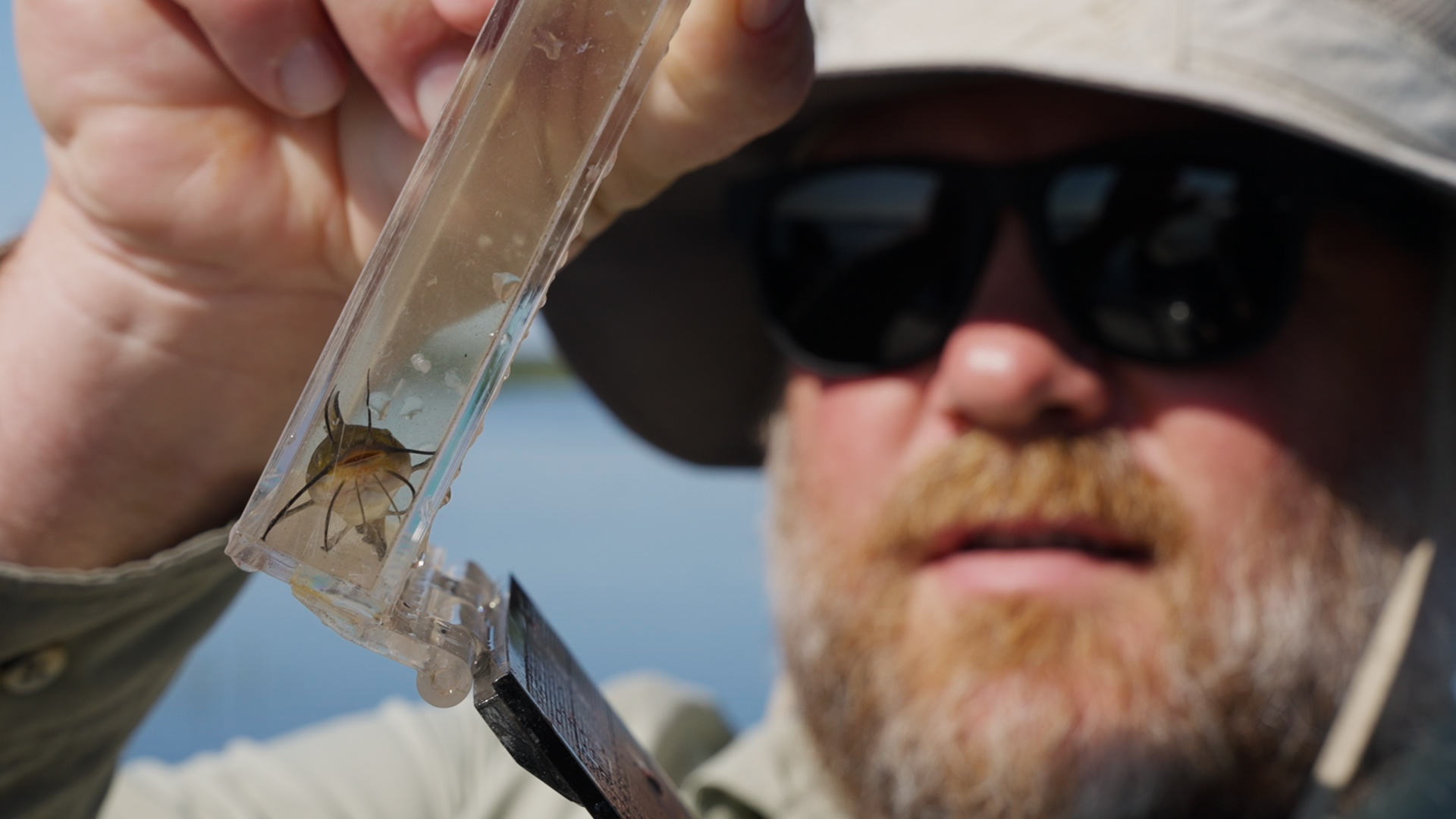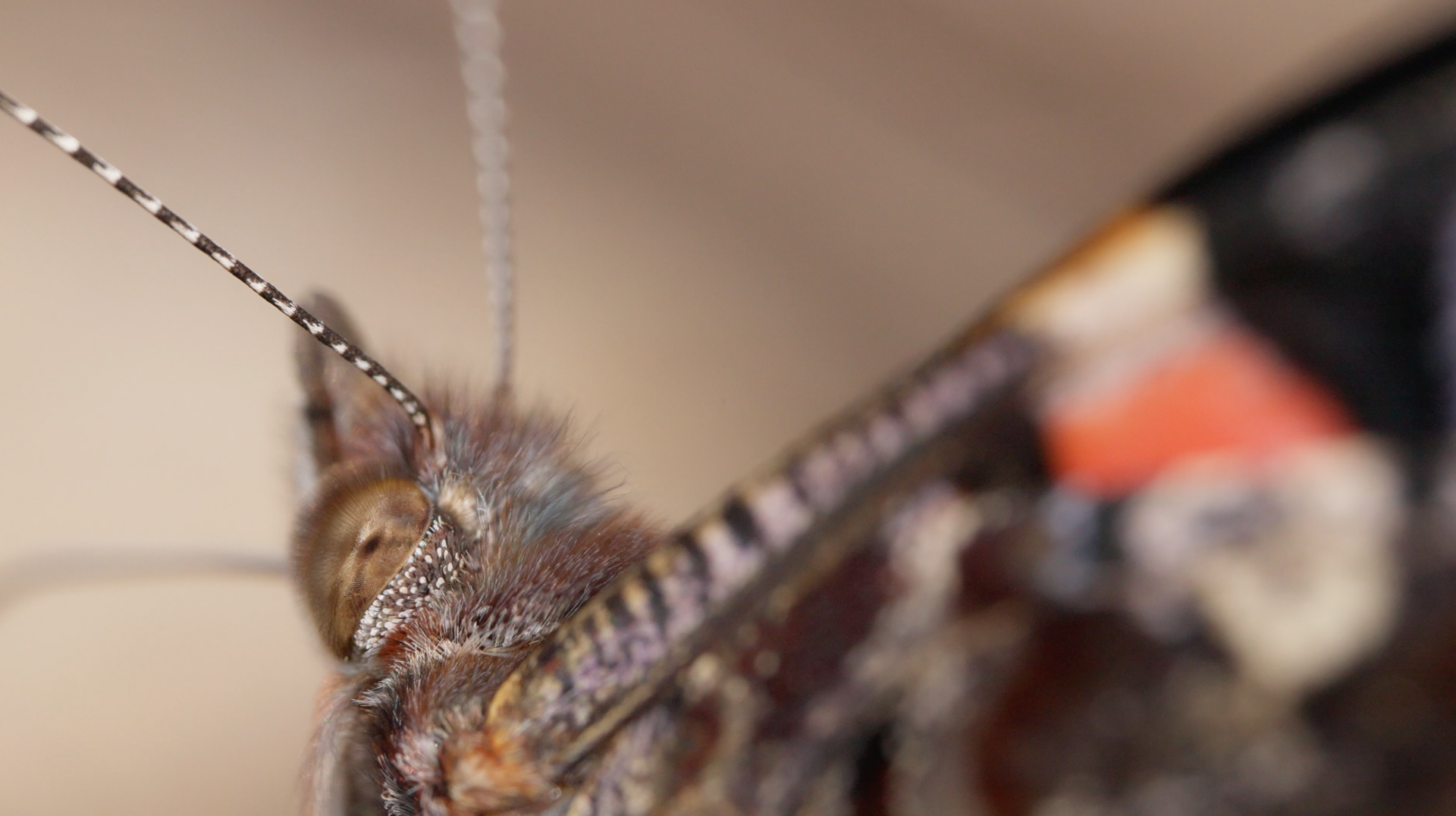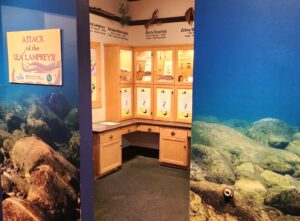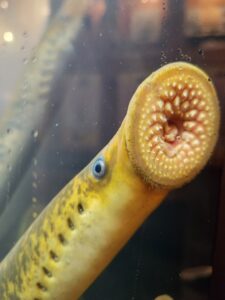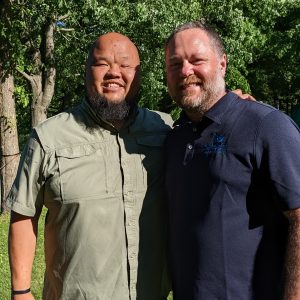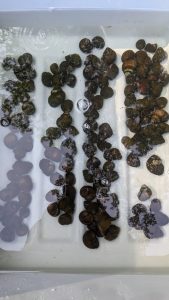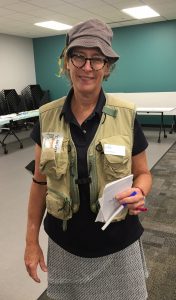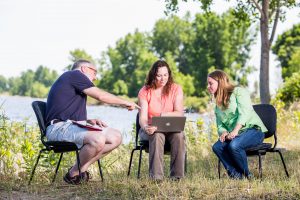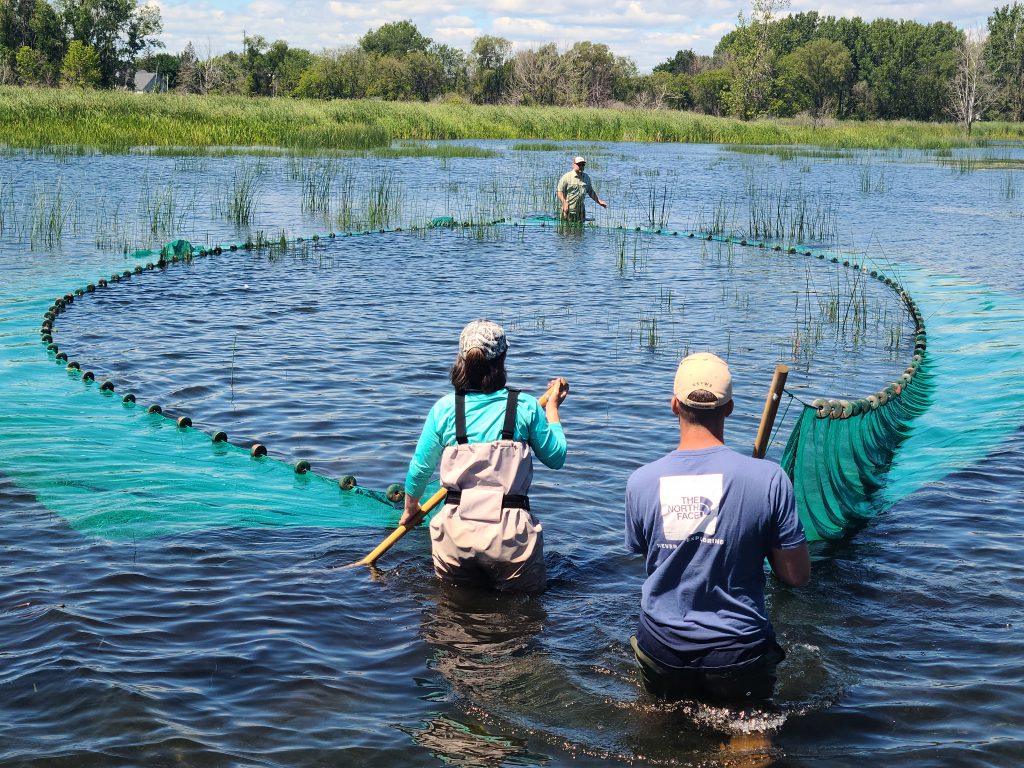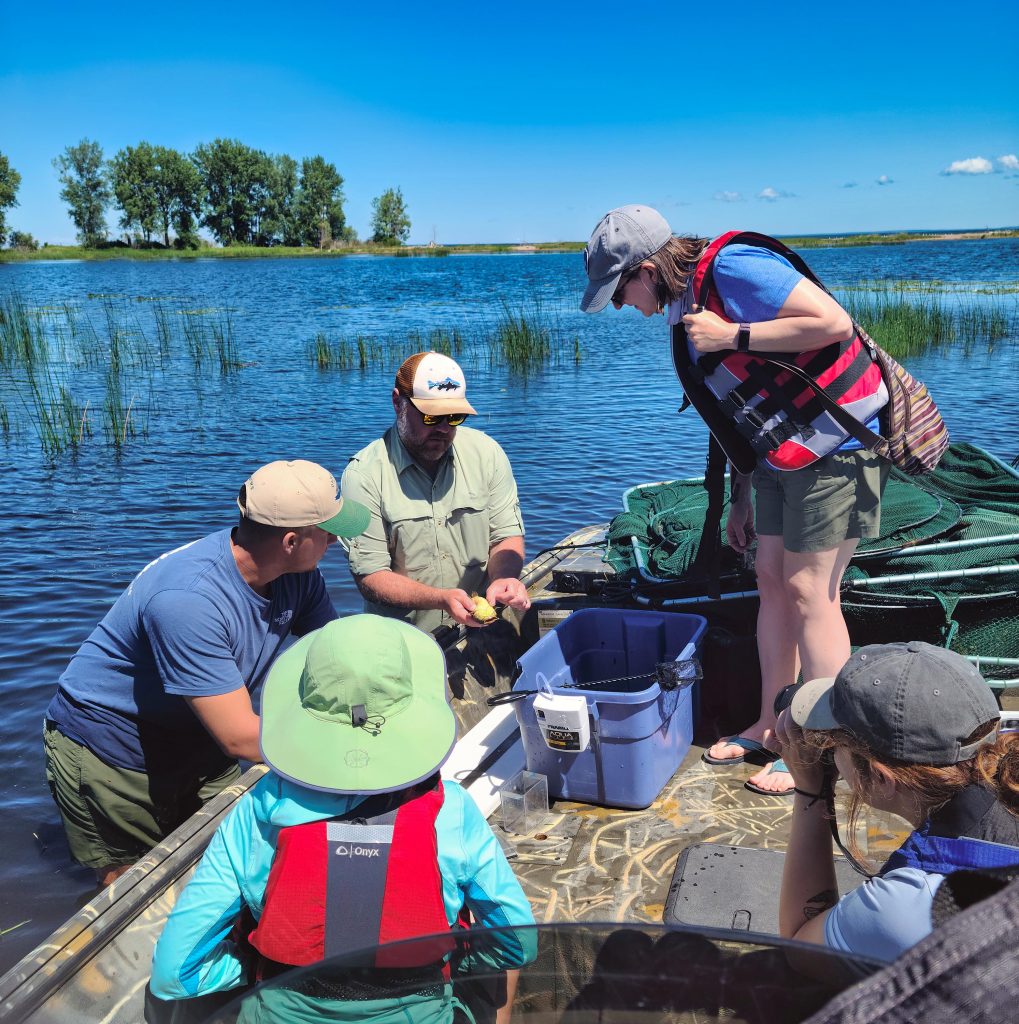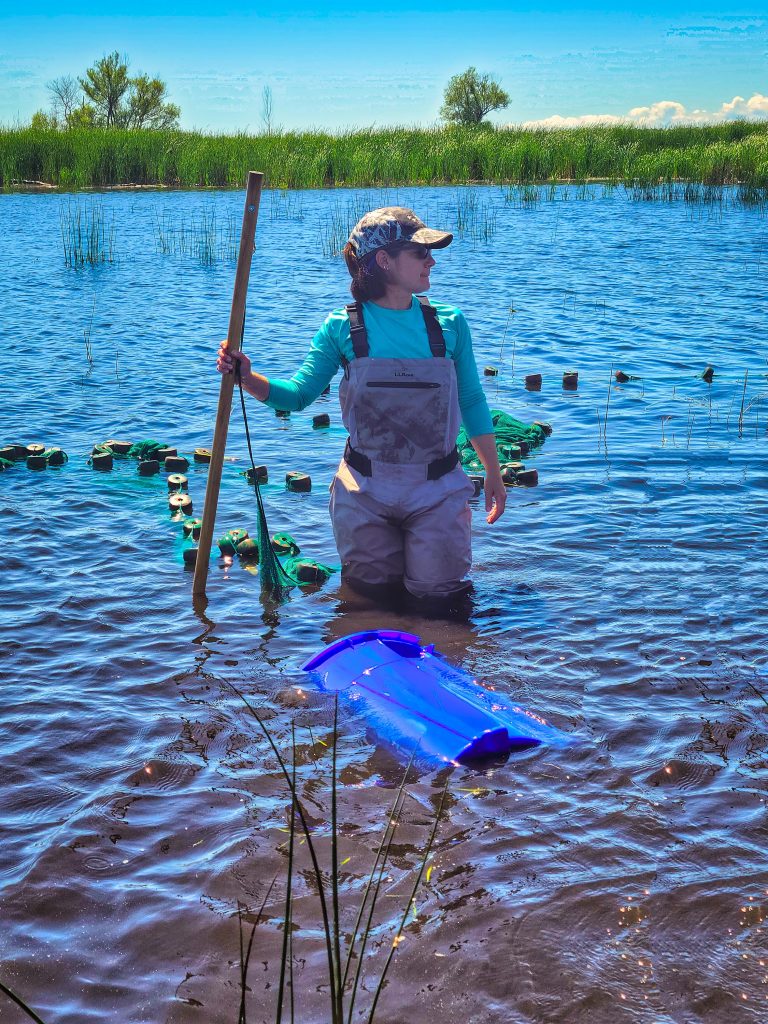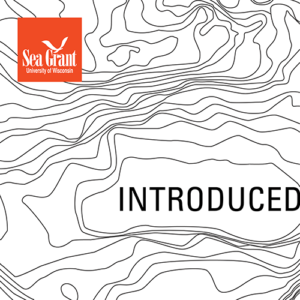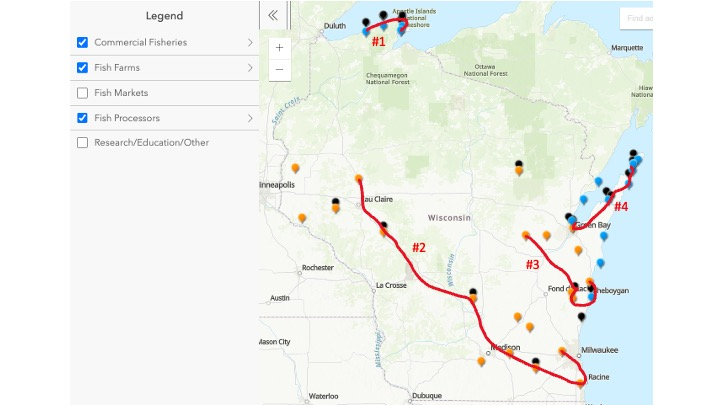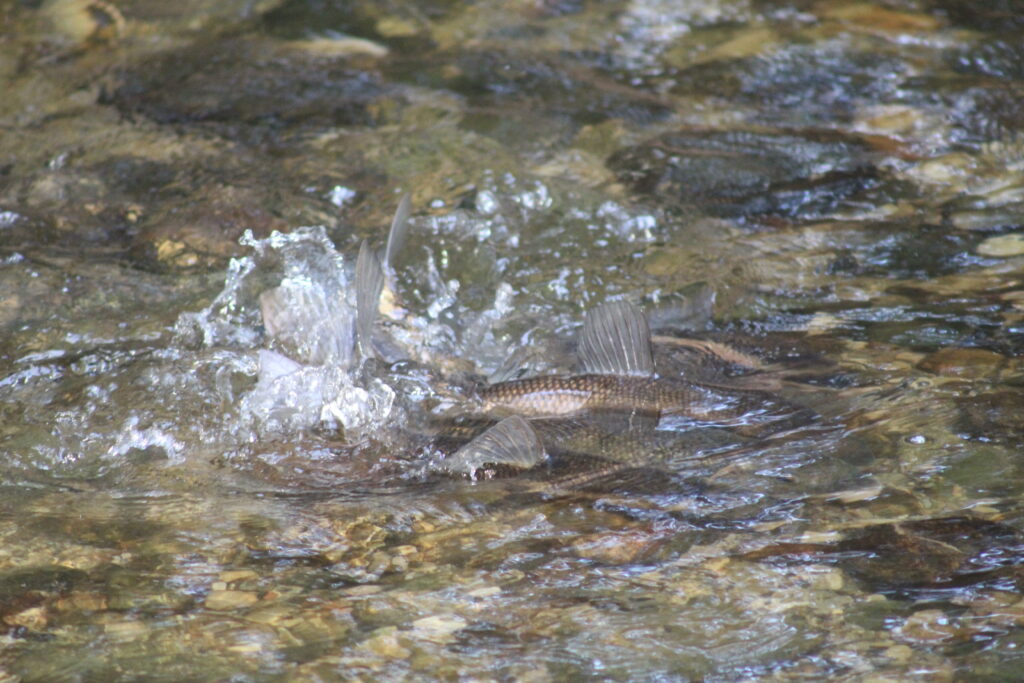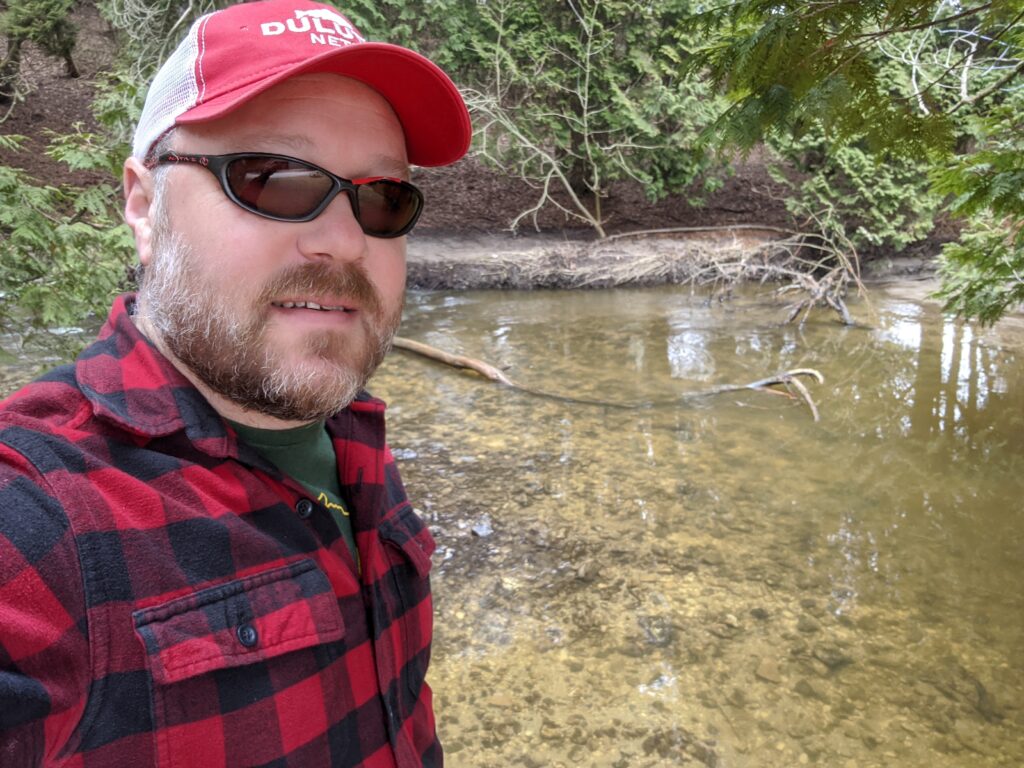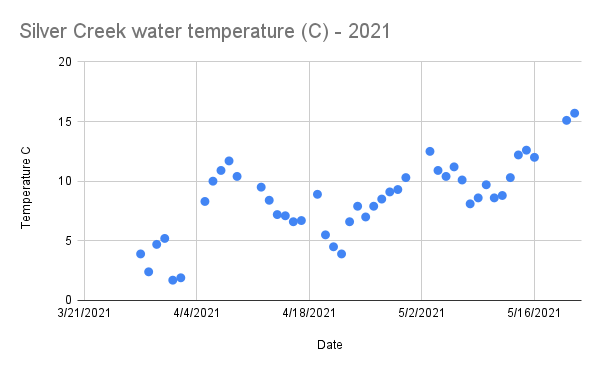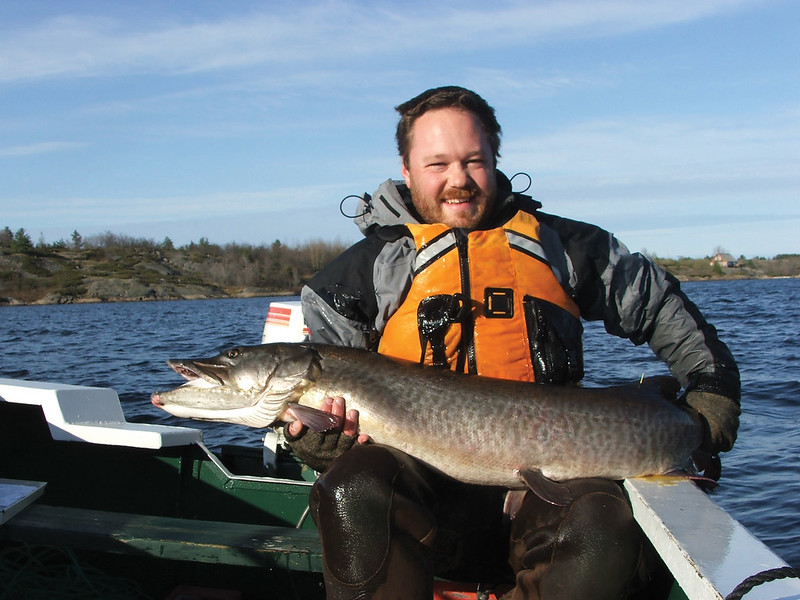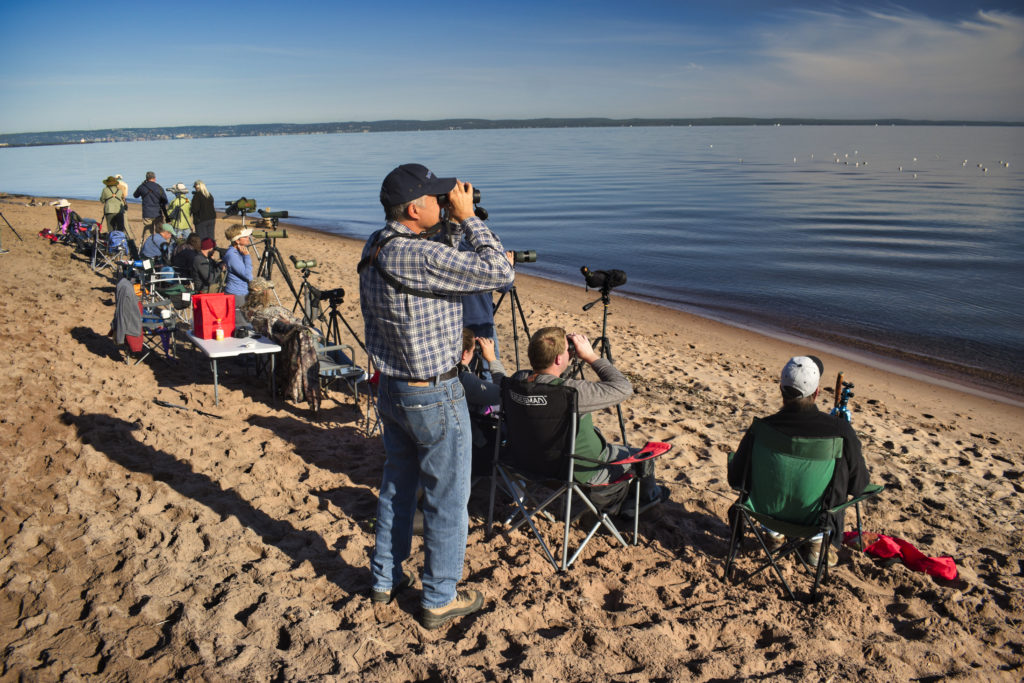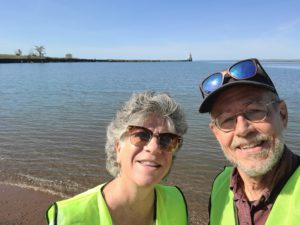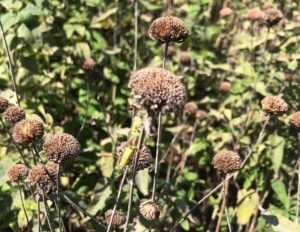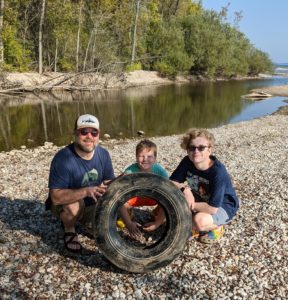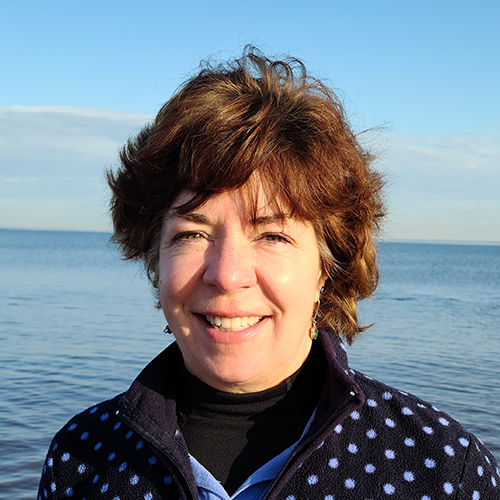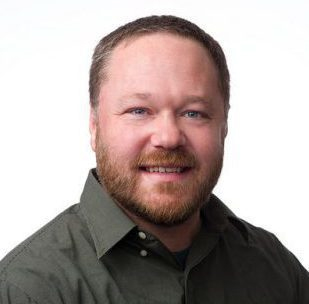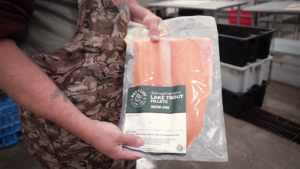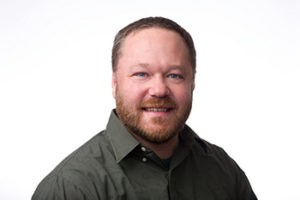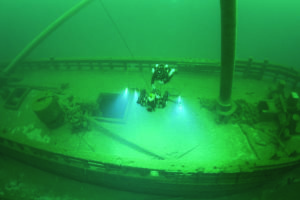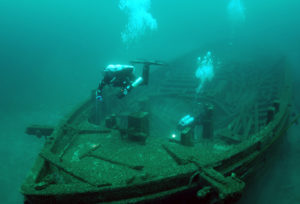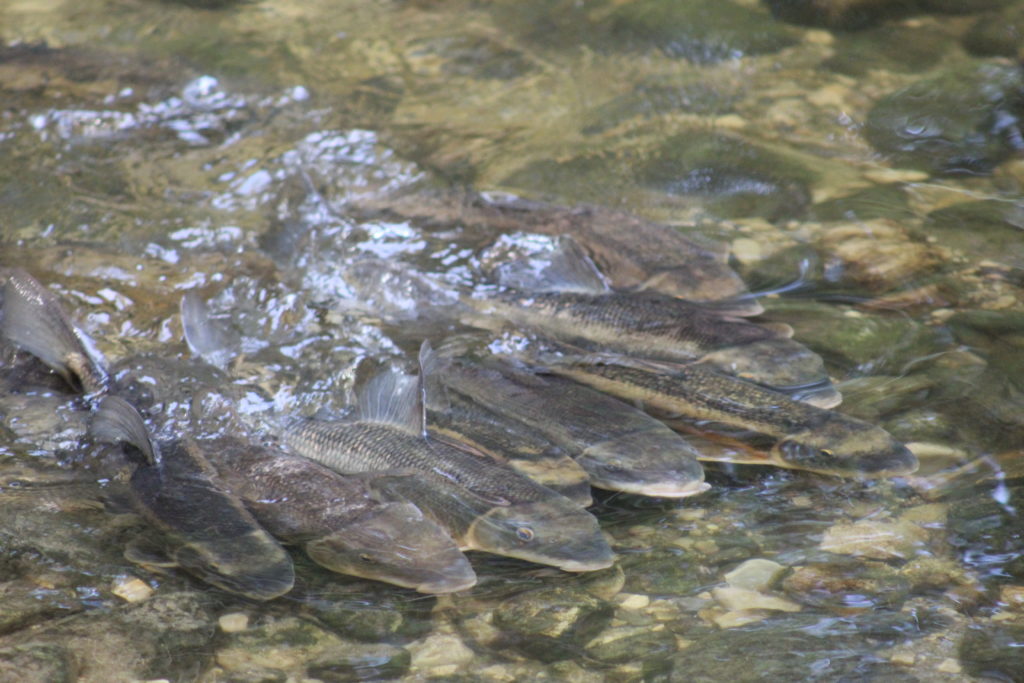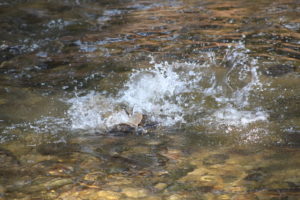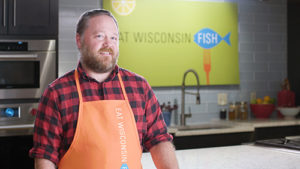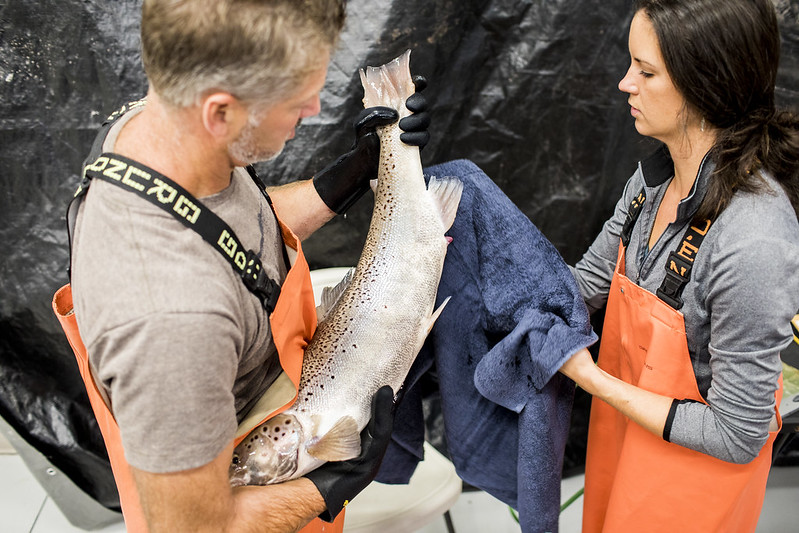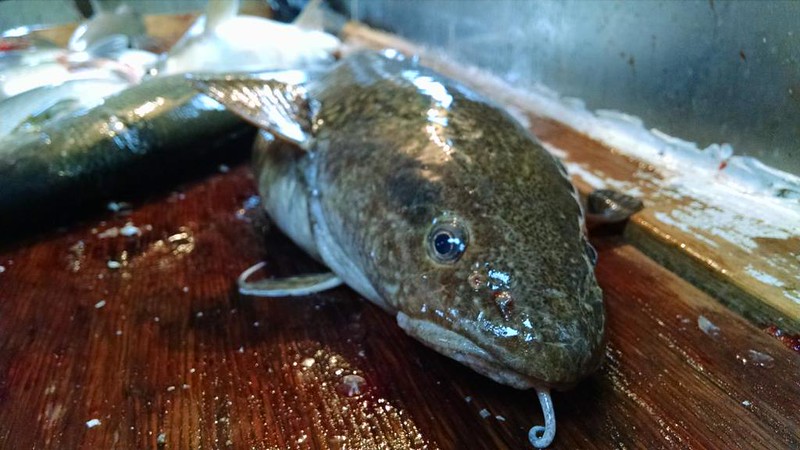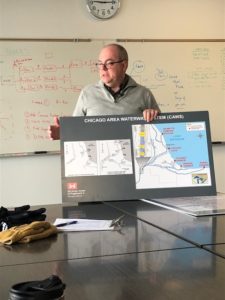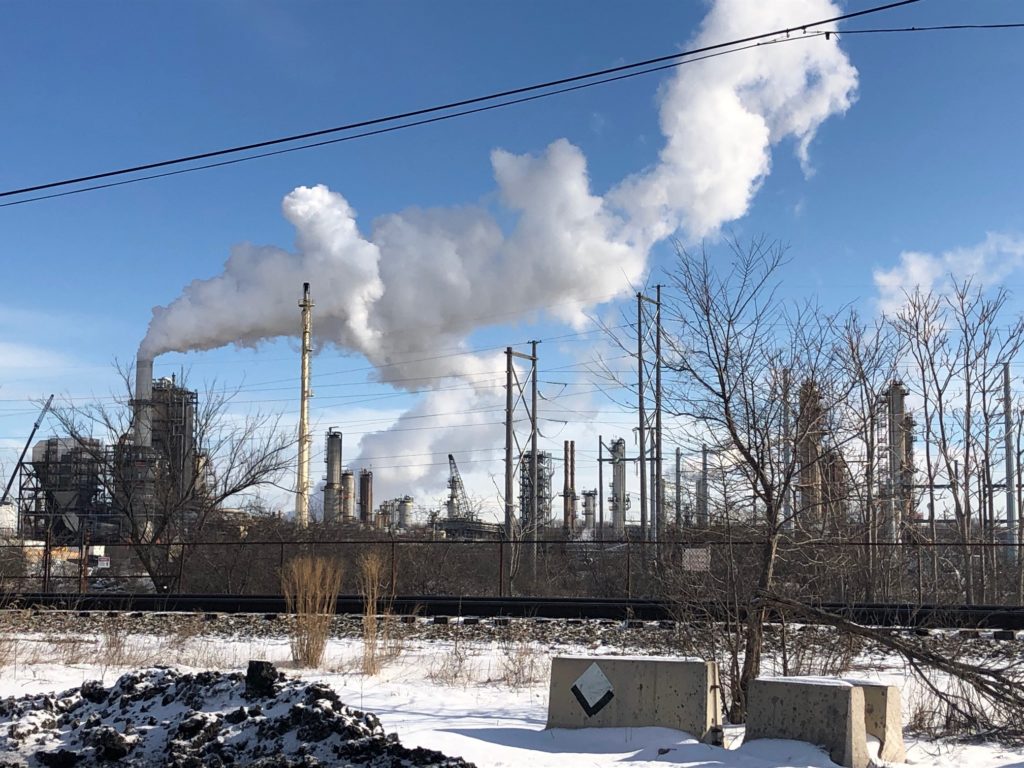‘Story of Water’ spotlights sturgeon at Wisconsin Science Festival
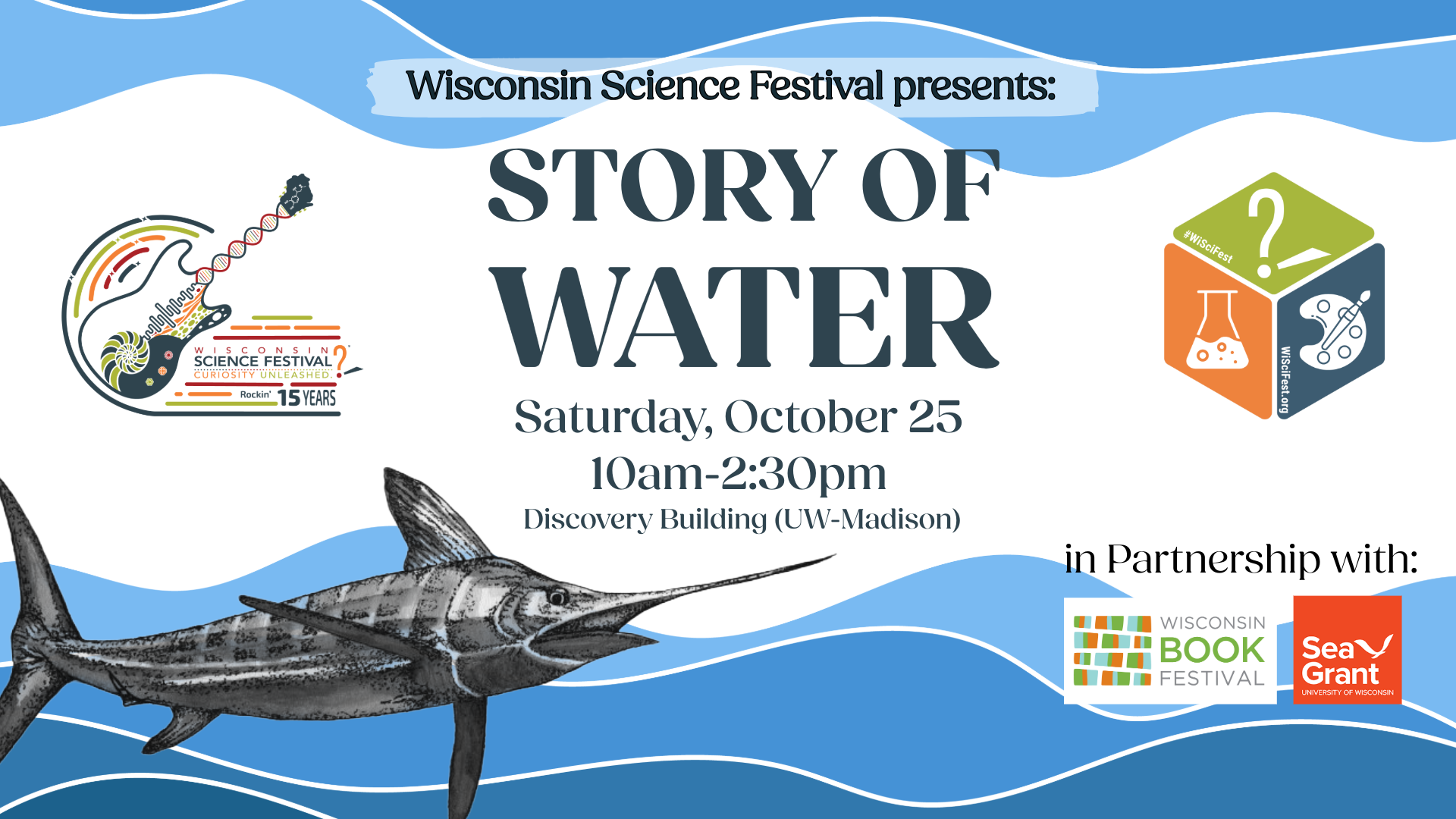
On Saturday, Oct. 25, young readers and families can get up close and personal with Wisconsin’s iconic big fish, the lake sturgeon, at the 15th annual Wisconsin Science Festival.
From 10 a.m. to noon, Wisconsin Sea Grant and other University of Wisconsin–Madison staff will be leading hands-on activities for kids at the Story of Water mini-expo on the UW–Madison campus. Education coordinator Anne Moser will be displaying a variety of sturgeon items — including a five-foot stuffed foam fish — and fisheries specialist Titus Seilheimer will dissect a juvenile sturgeon. Kids and families can also explore booths about microplastics, science video games, Great Lakes shipwrecks, a wave tank, and more.
At noon, Moser will moderate a discussion of the newly released children’s book, “Saving our Sturgeon: Protecting Wisconsin’s Ancient Fish,” by Becky Wojahn. Moser served as a consultant on the book and has been teaching kids about sturgeon and other Great Lakes fish for many years at libraries across the state.
The book talk, which is presented in partnership with the Wisconsin Book Festival, will also feature local author Joe E. Meisel. His book, “The Marlin’s Fiery Eye and Other Tales from the Extraordinary World of Marine Fishes,” takes readers to the ocean to explore the wonders of saltwater fishes. The discussion will dive into both marine and freshwater environments and highlight the importance of protecting and celebrating fish.
“I’m looking forward to talking with both authors about writing nonfiction works and the importance of understanding and appreciating our natural world,” said Moser.
The Wisconsin Science Festival runs from October 16-26 and is a statewide celebration of science, technology, engineering, art, and math with activities for people of all ages, backgrounds, and interests throughout the state.
***
The University of Wisconsin Aquatic Sciences Center administers Wisconsin Sea Grant, the Wisconsin Water Resources Institute, and Water@UW. The center supports multidisciplinary research, education, and outreach for the protection and sustainable use of Wisconsin’s water resources. Wisconsin Sea Grant is one of 34 Sea Grant programs supported by the National Oceanic and Atmospheric Administration in coastal and Great Lakes states that encourage the wise stewardship of marine resources through research, education, outreach, and technology transfer.
The post ‘Story of Water’ spotlights sturgeon at Wisconsin Science Festival first appeared on Wisconsin Sea Grant.News Releases | Wisconsin Sea Grant
News Releases | Wisconsin Sea Grant
https://www.seagrant.wisc.edu/news/story-of-water-spotlights-sturgeon-at-wisconsin-science-festival/

